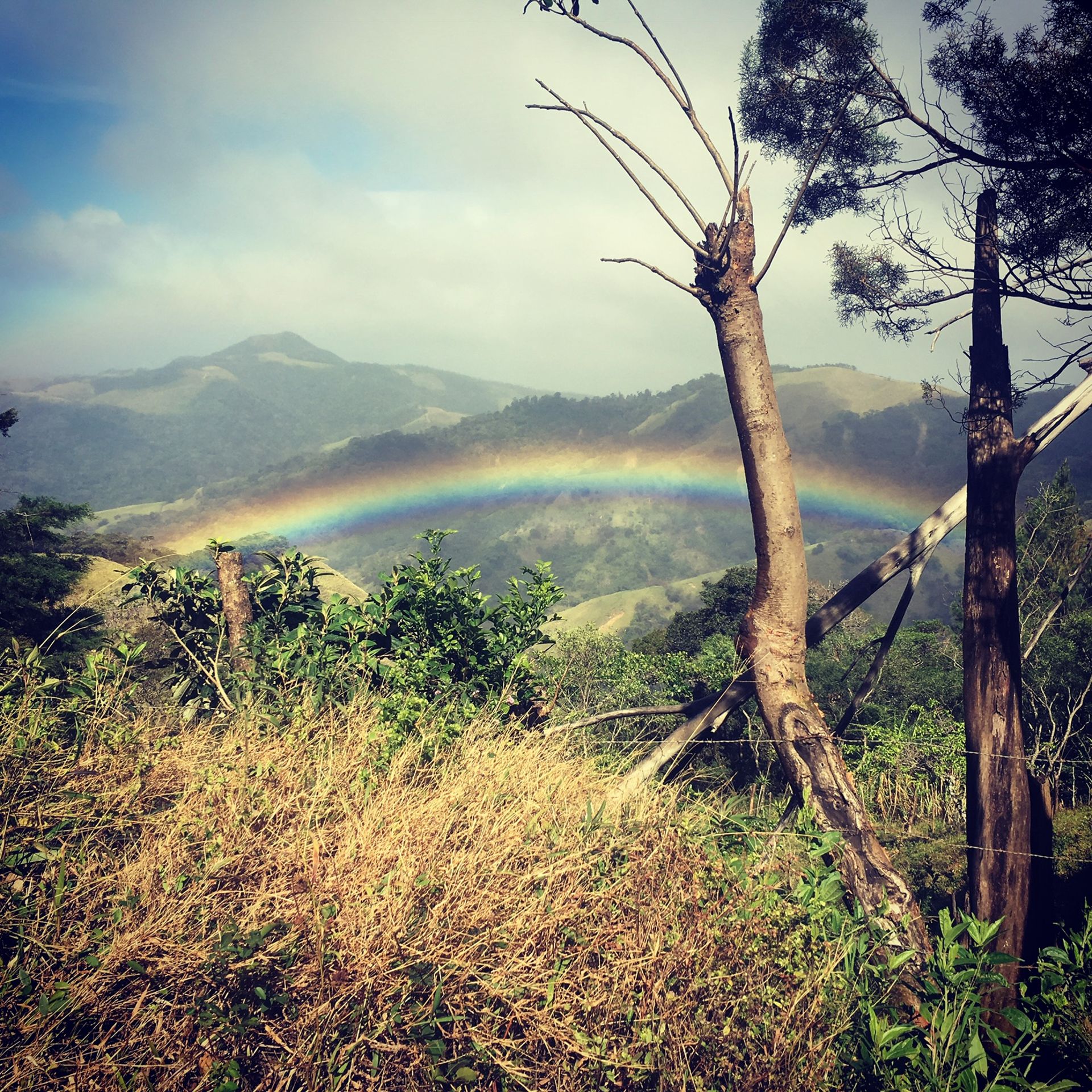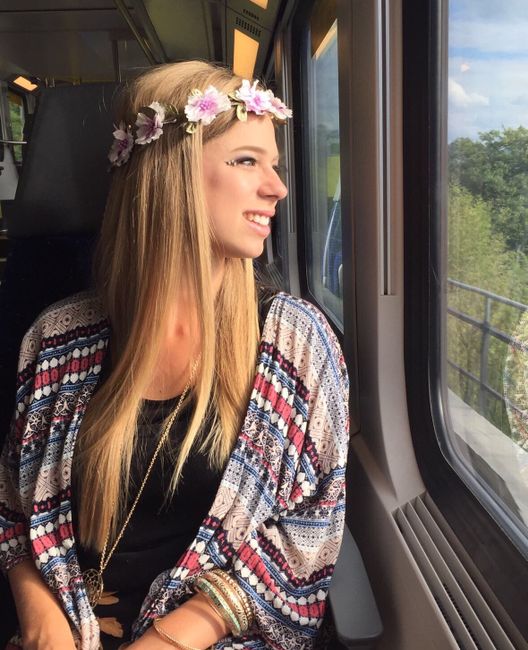Colombia's Caribbean Coast
Diterbitkeun: 07.06.2018
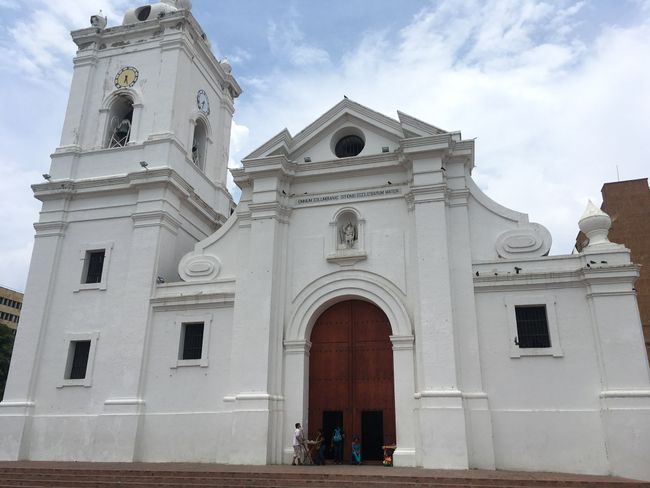
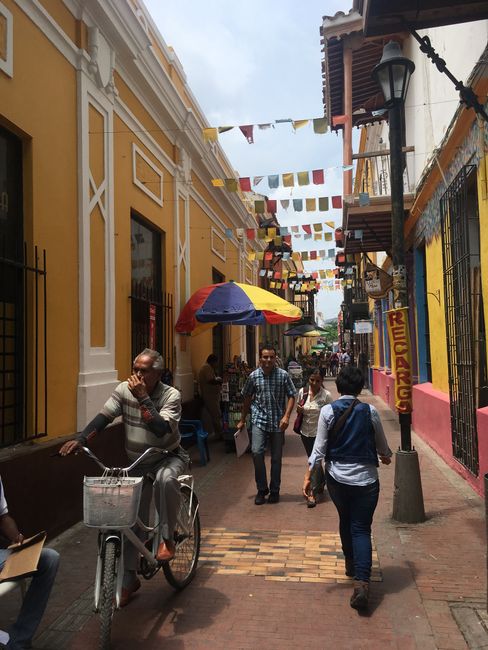
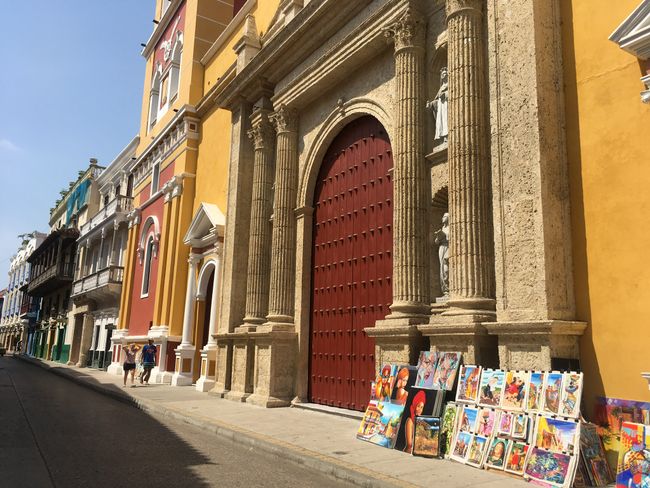
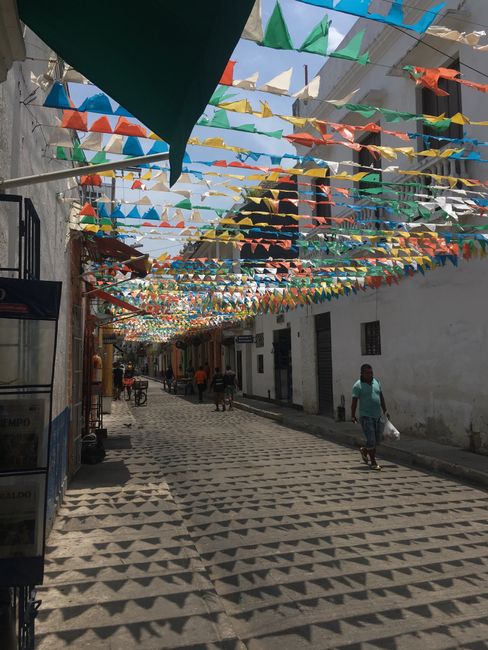
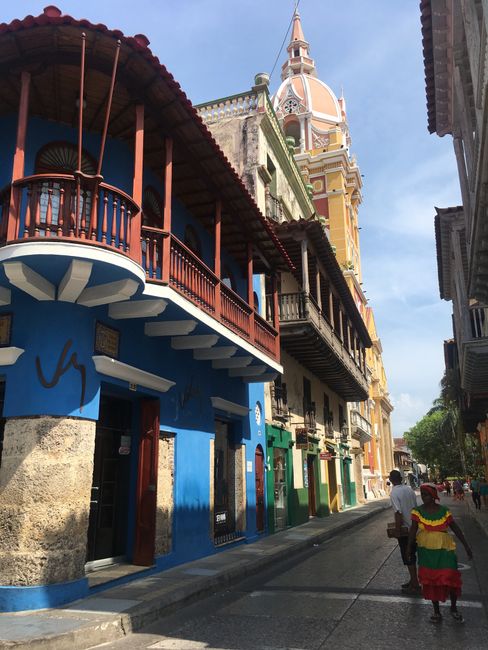
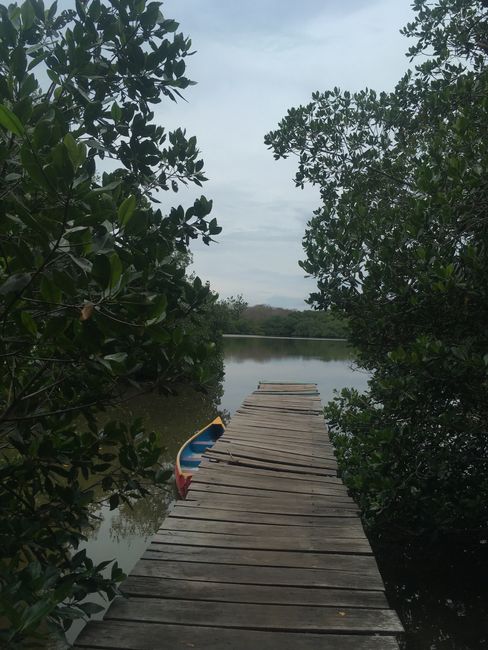
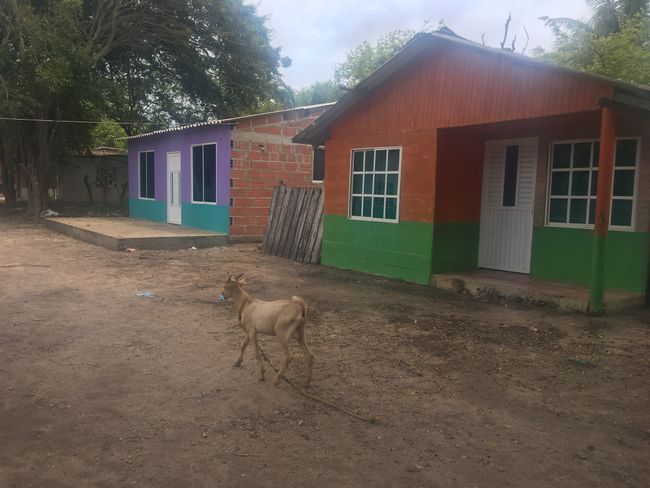
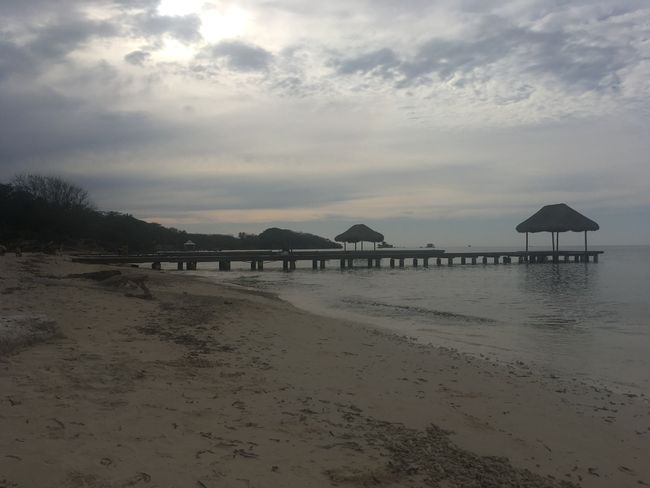
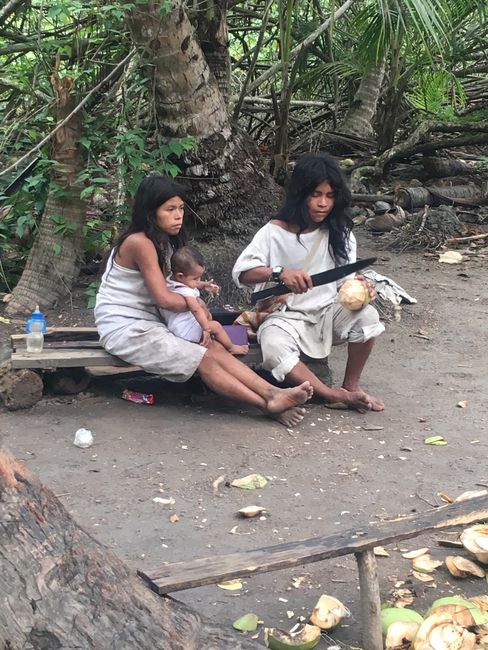
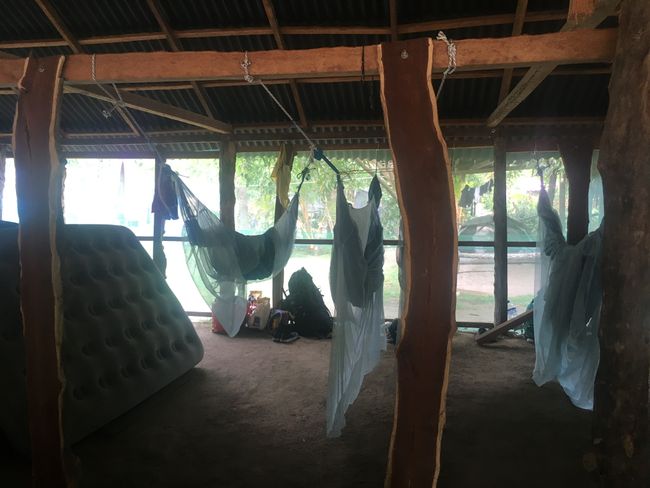
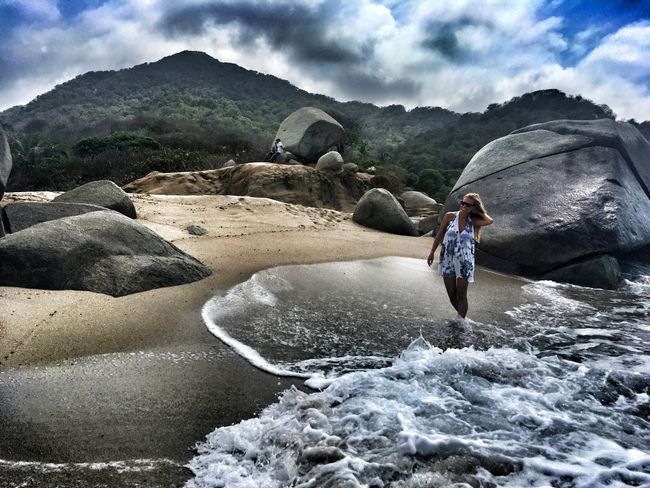
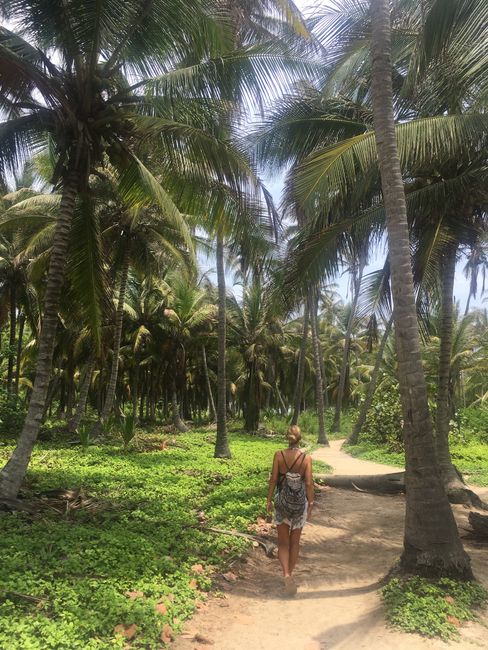
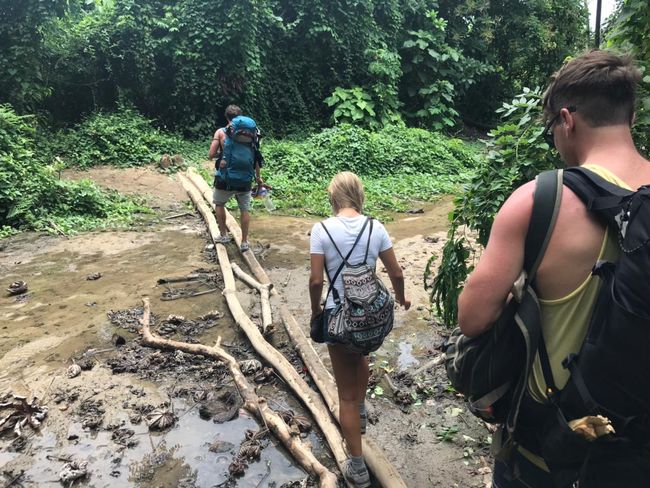
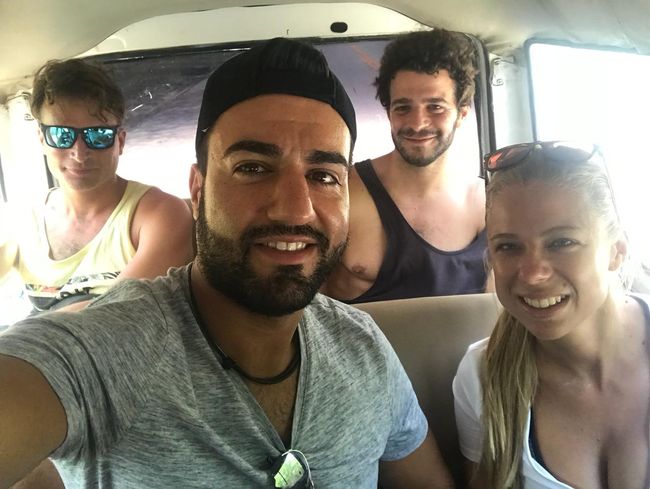
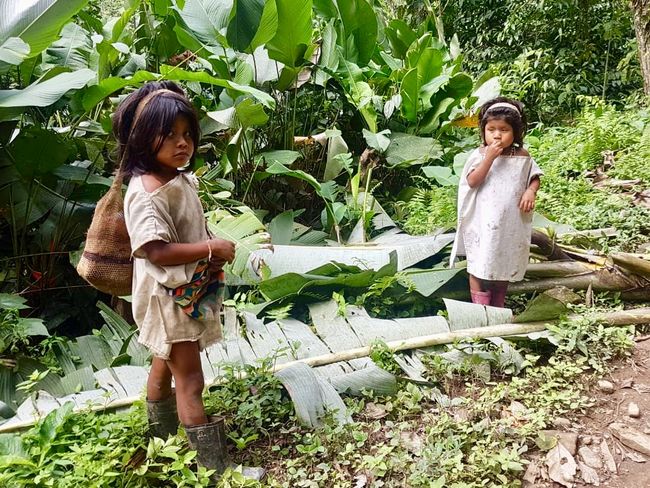
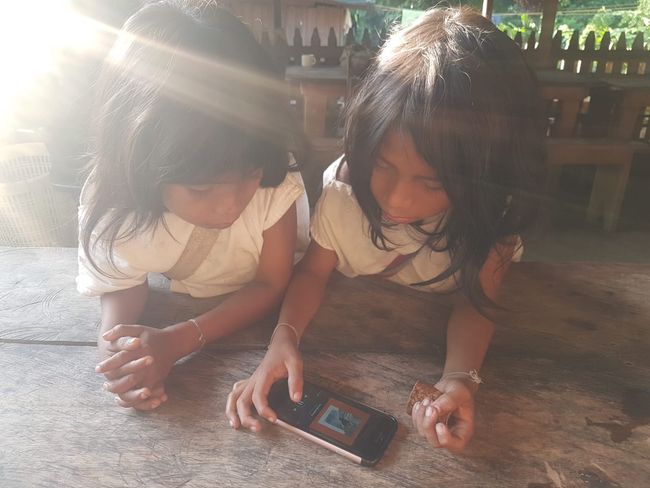
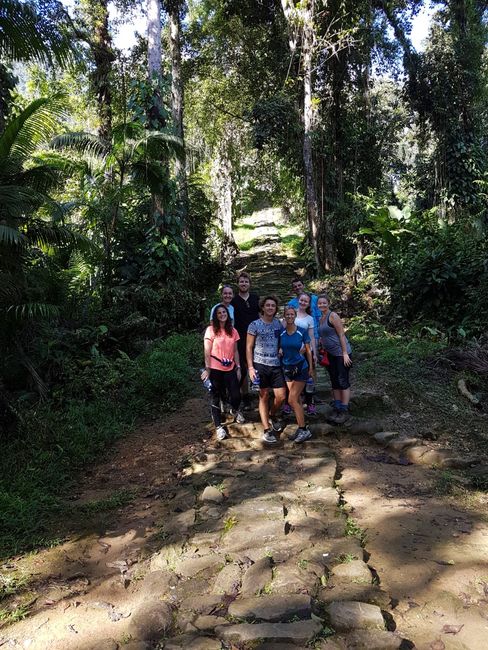
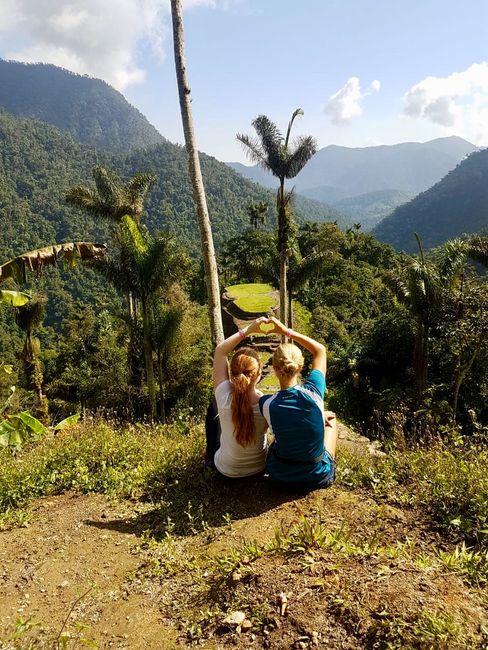
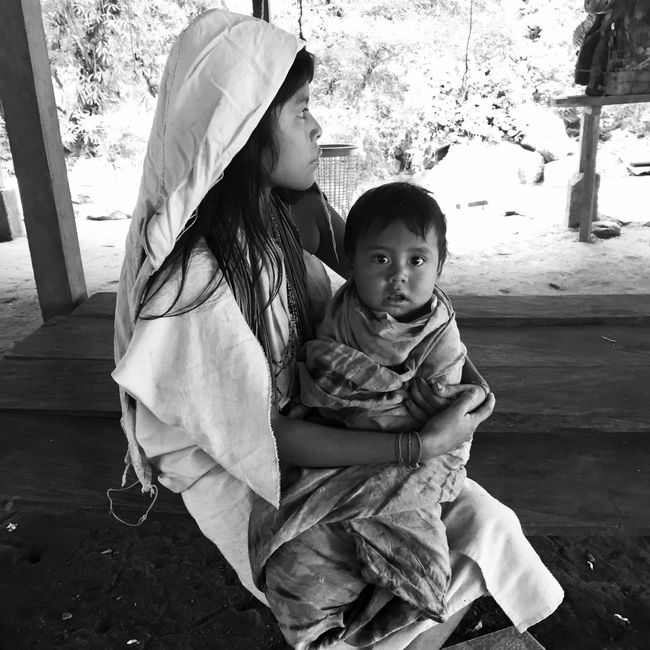
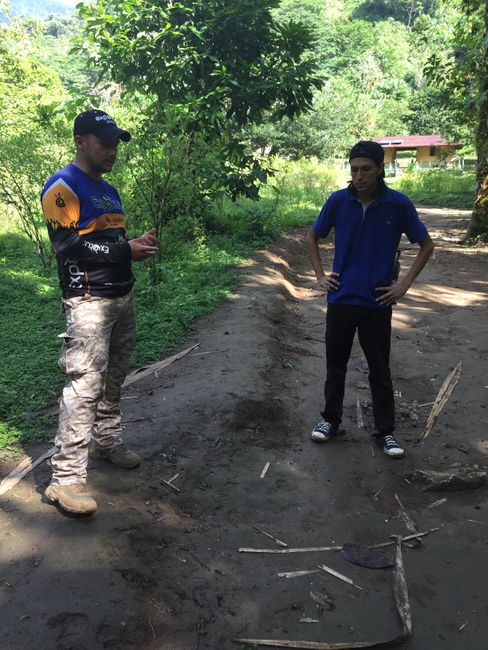
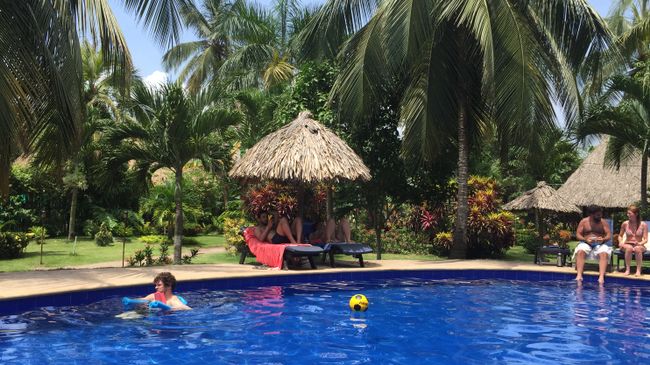
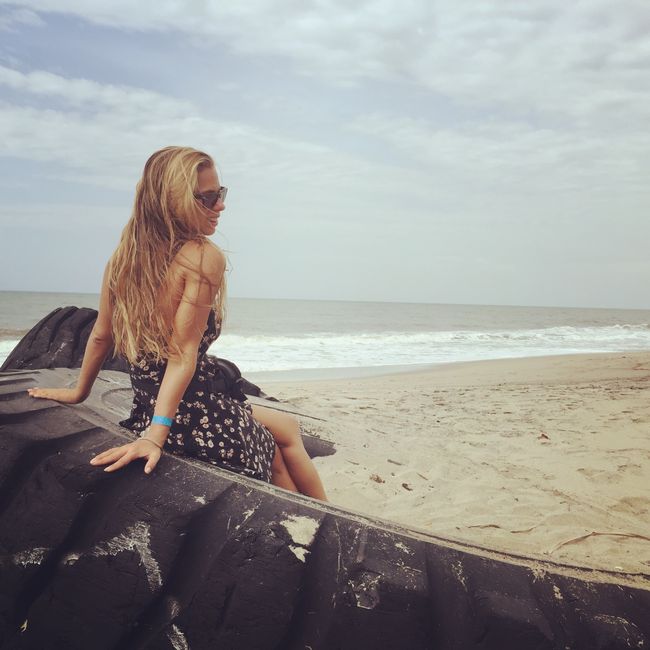
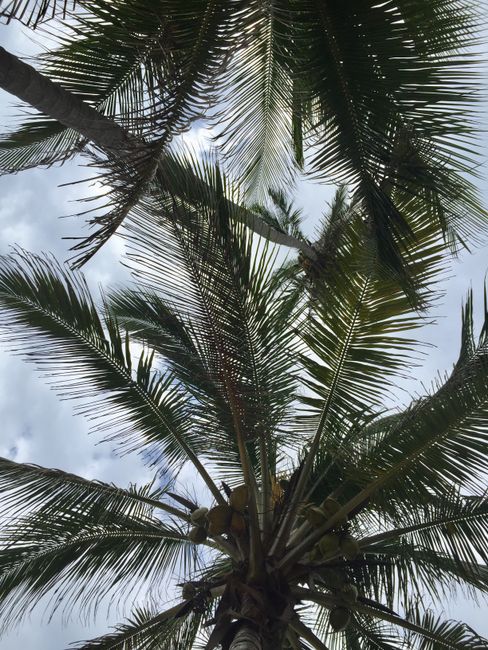
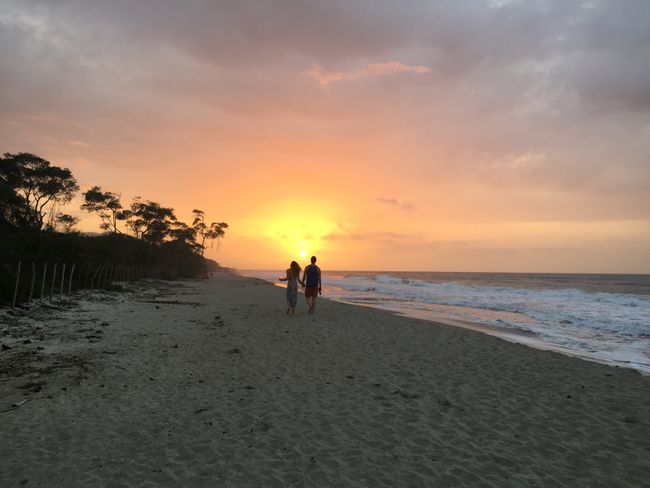
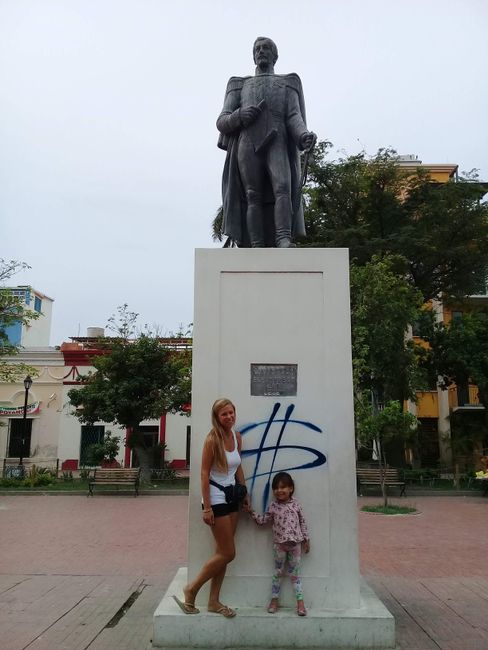
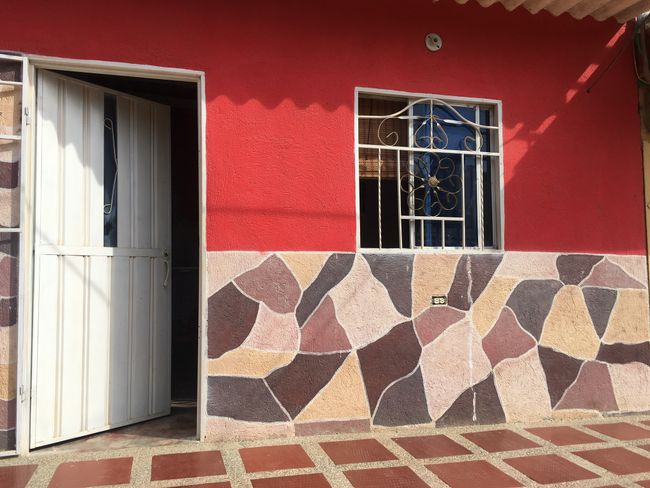
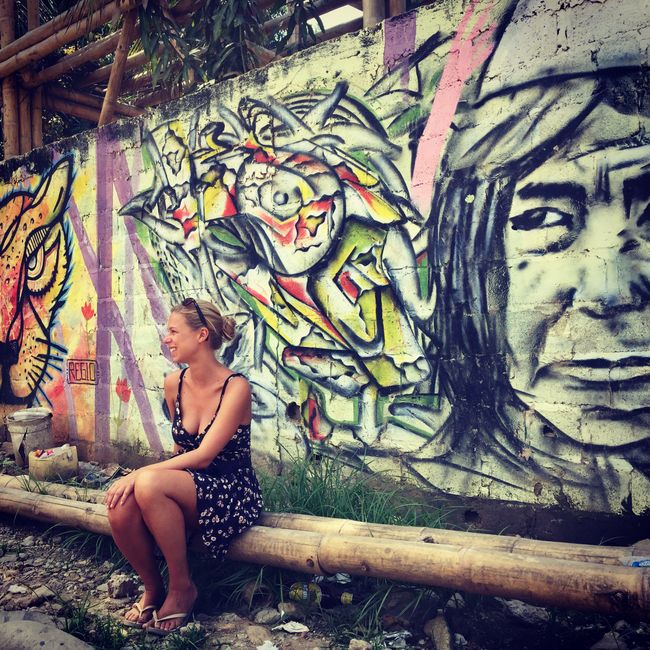
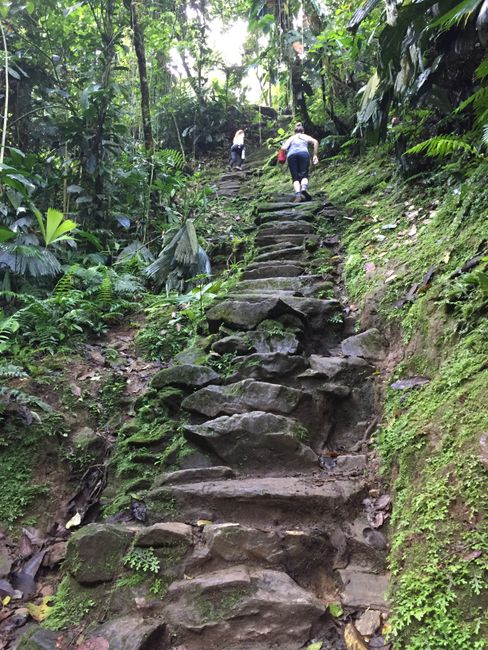
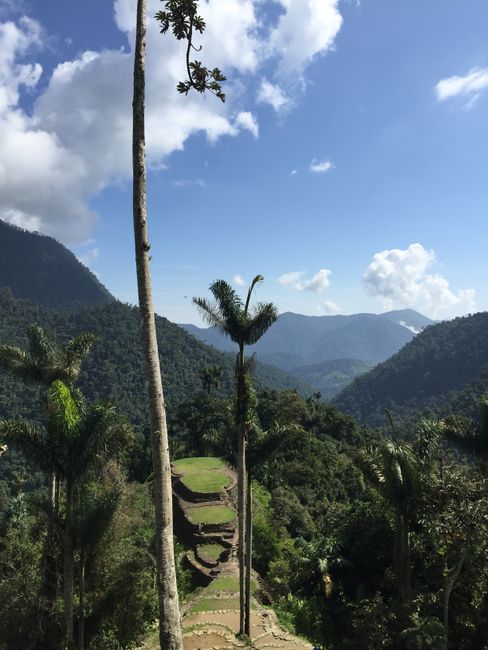
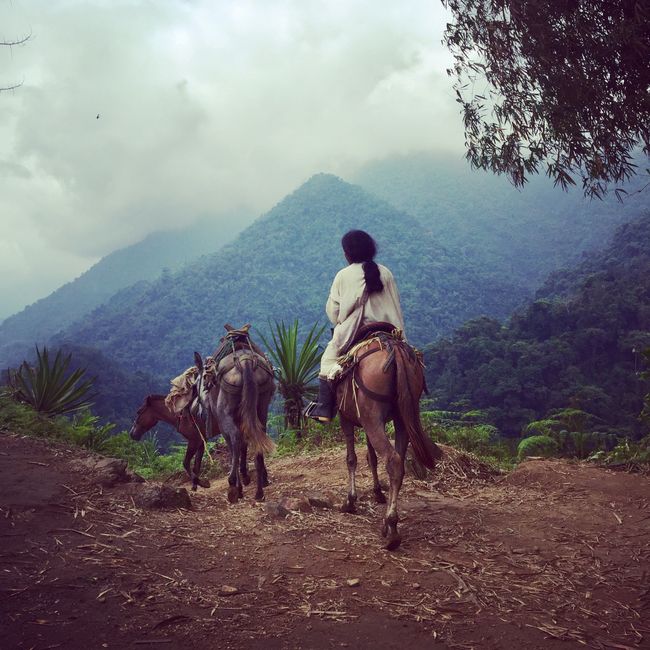
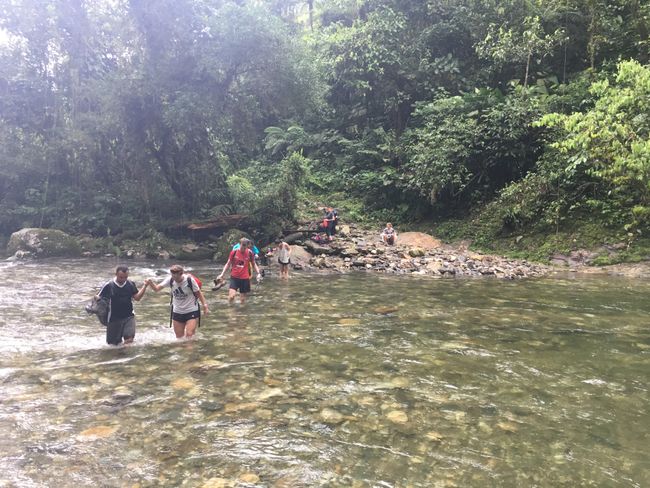
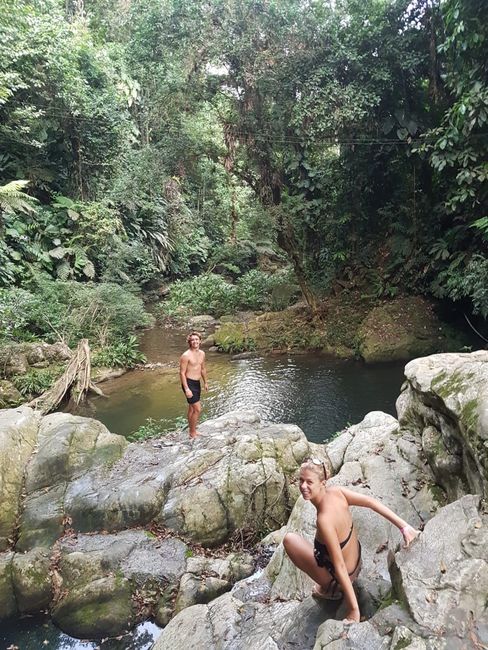
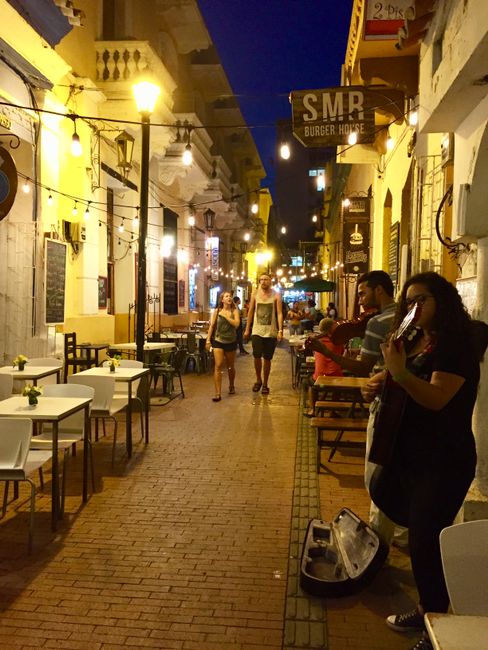
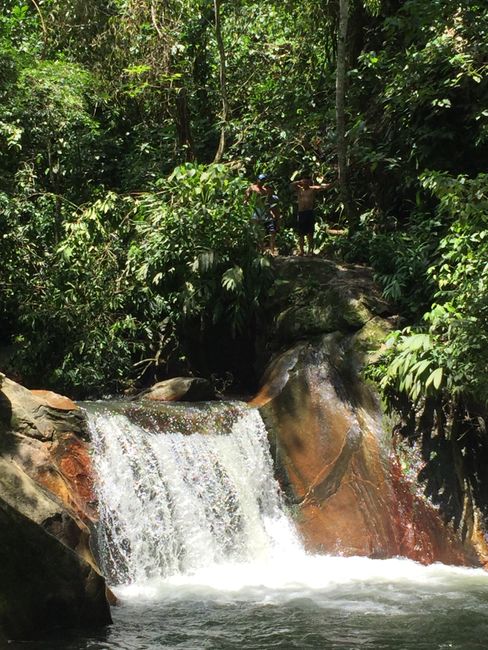
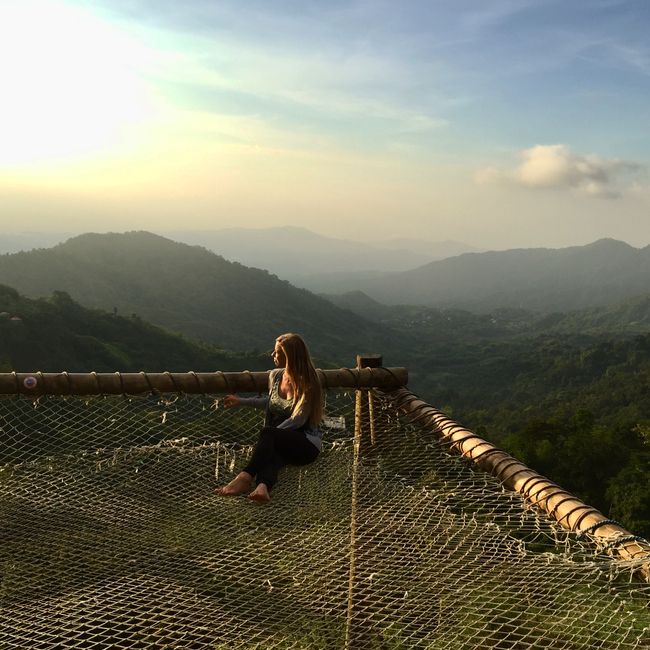
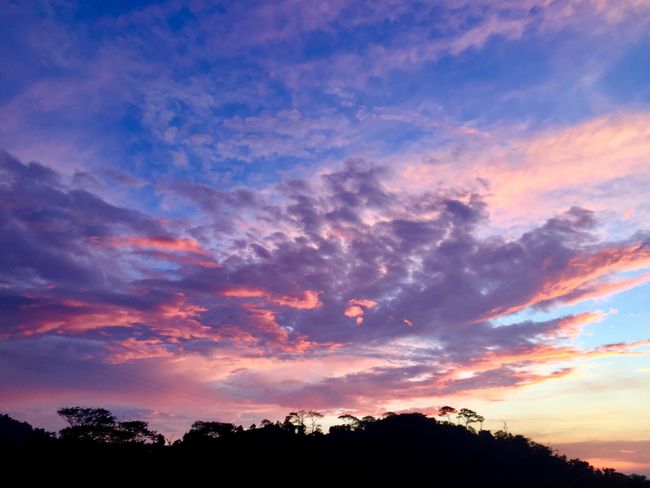
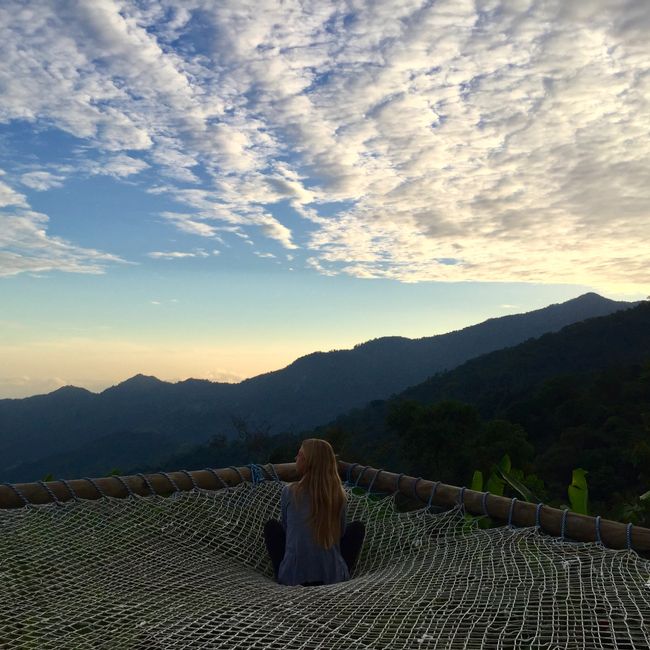
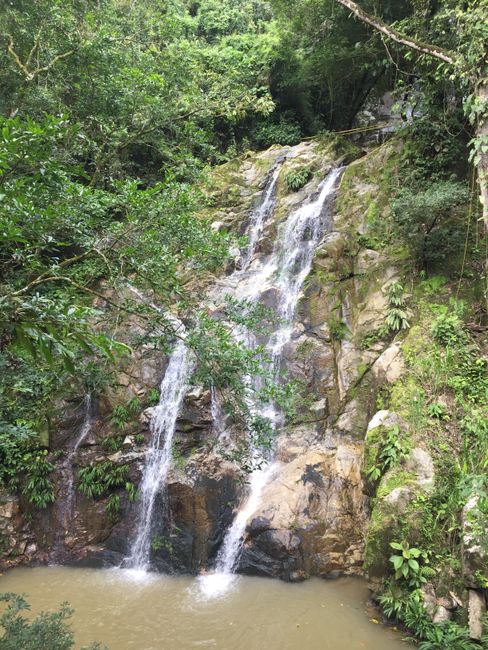
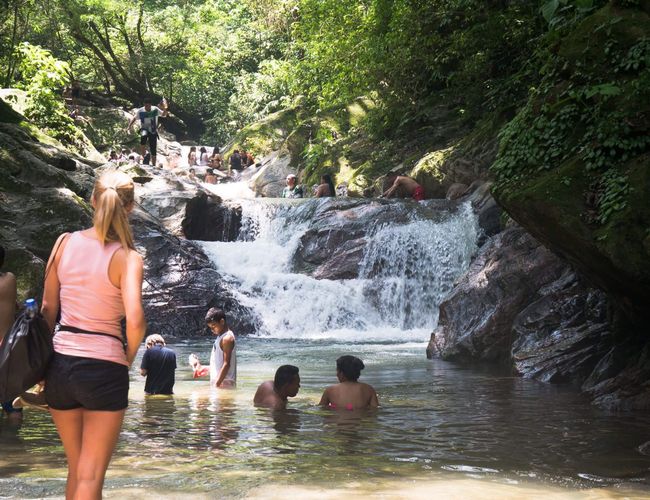
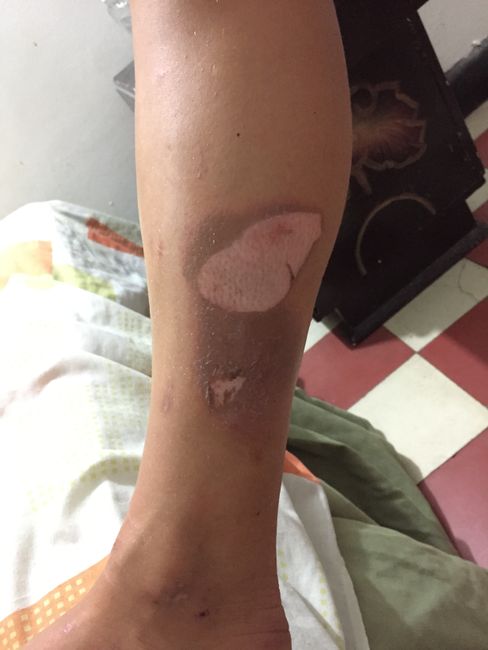
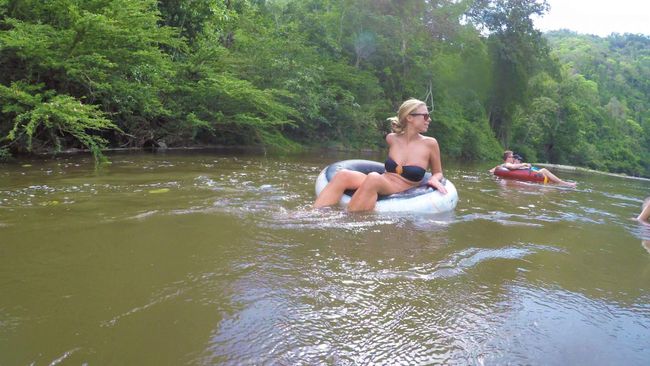
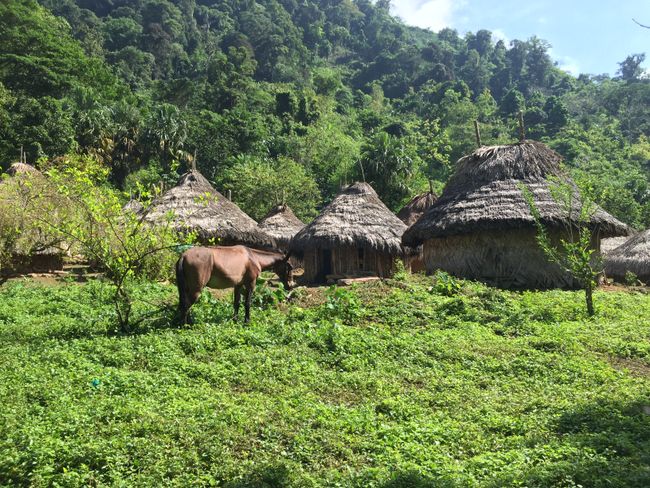
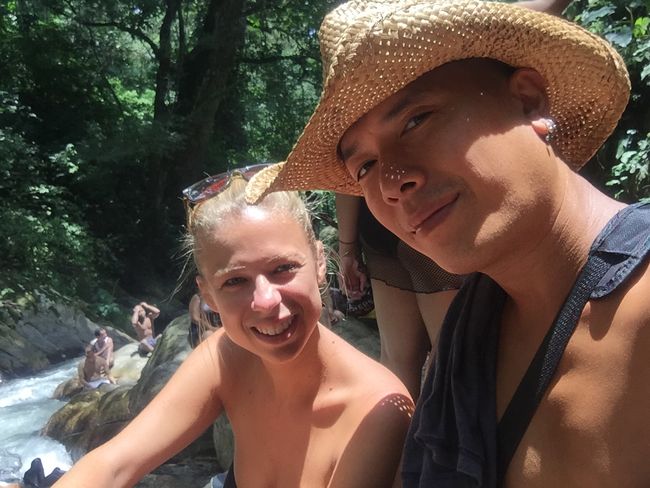
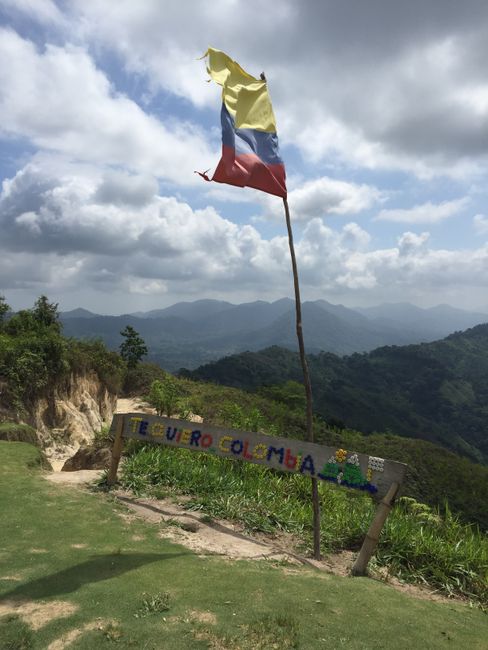
Ngalanggan Newsletter
Wow - Colombia. I don't even know where to start. I've been here for a little over a month now, but it feels much longer because so much has happened (unfortunately, not all positive ;-)). But let's start from the beginning...
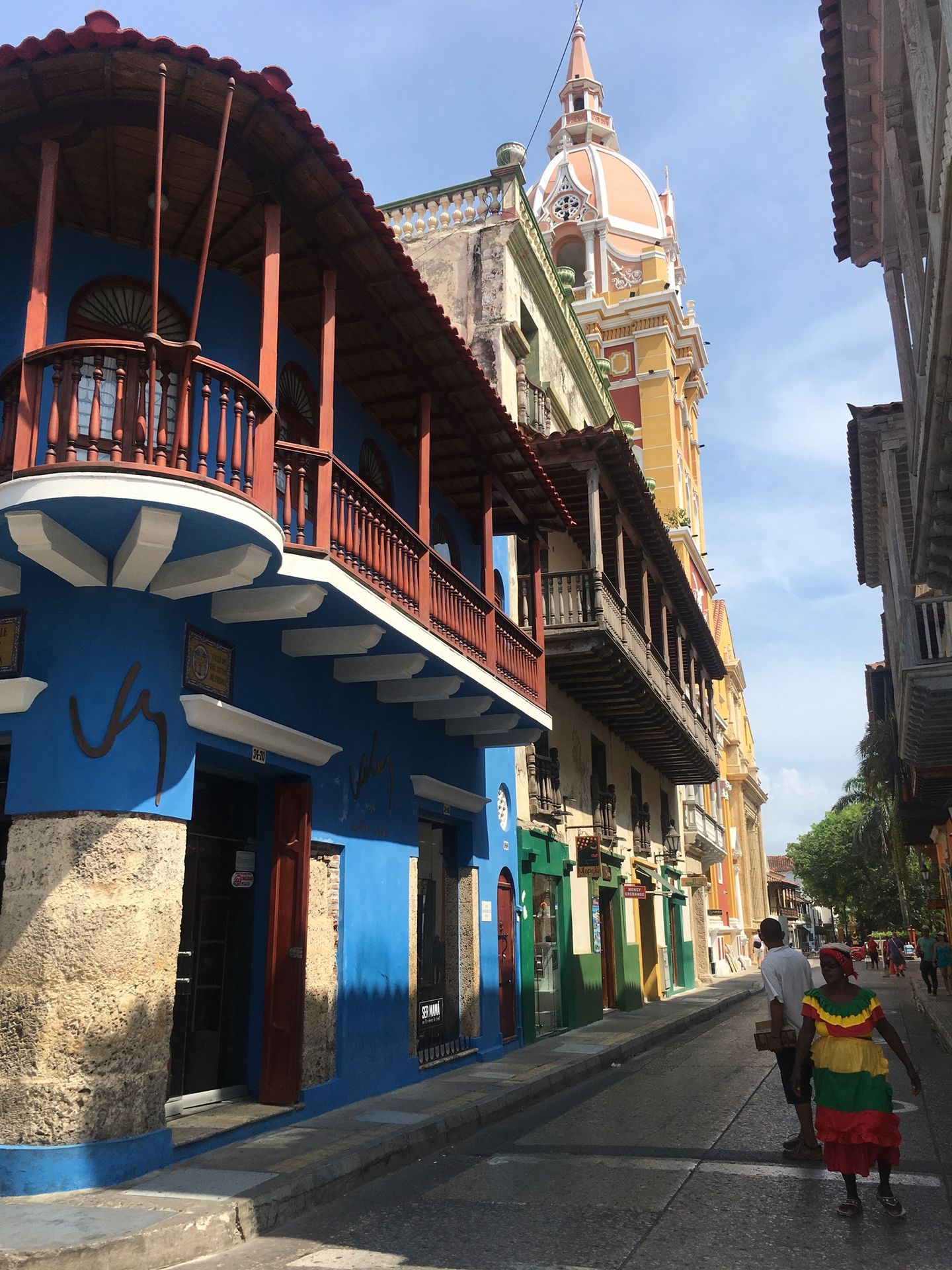
If you read my previous post, you know that I sailed from Panama to Cartagena on a sailboat. Cartagena has one of the most beautiful old towns in all of South America with beautiful, colorful colonial buildings. The old town is very touristy, but also relatively safe.
I stayed at the "Mamallena" hostel in the "Getsemani" neighborhood and ended up staying in Cartagena for a week. To get to know the city a bit, I did a super touristy hop-on, hop-off tour with my friend Samira, whom I met in Costa Rica. But that gave me a good overview of the city. In addition to the old town, there is also a newer, more modern part with skyscrapers (Bocagrande) and many other lesser-known neighborhoods.
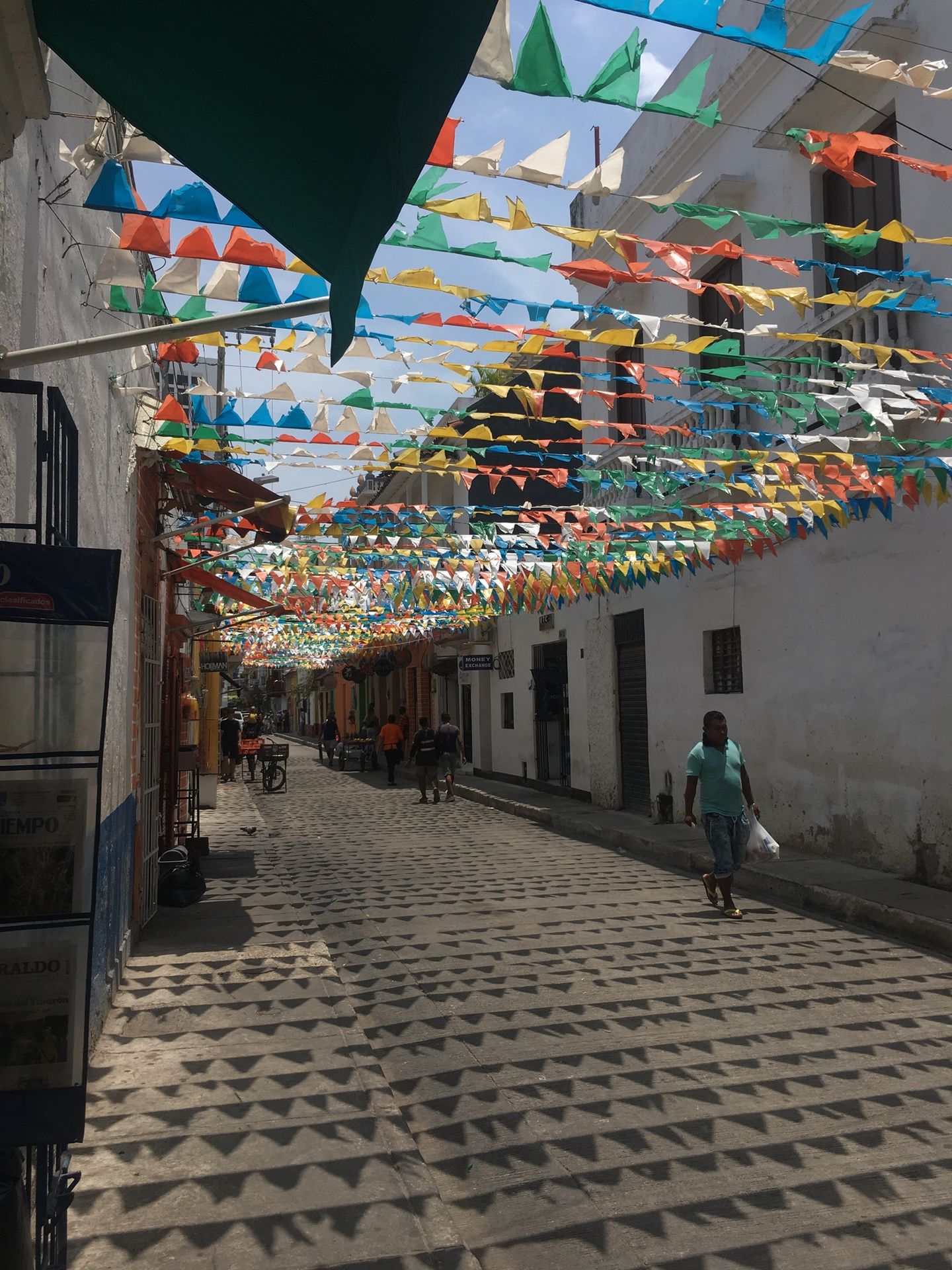
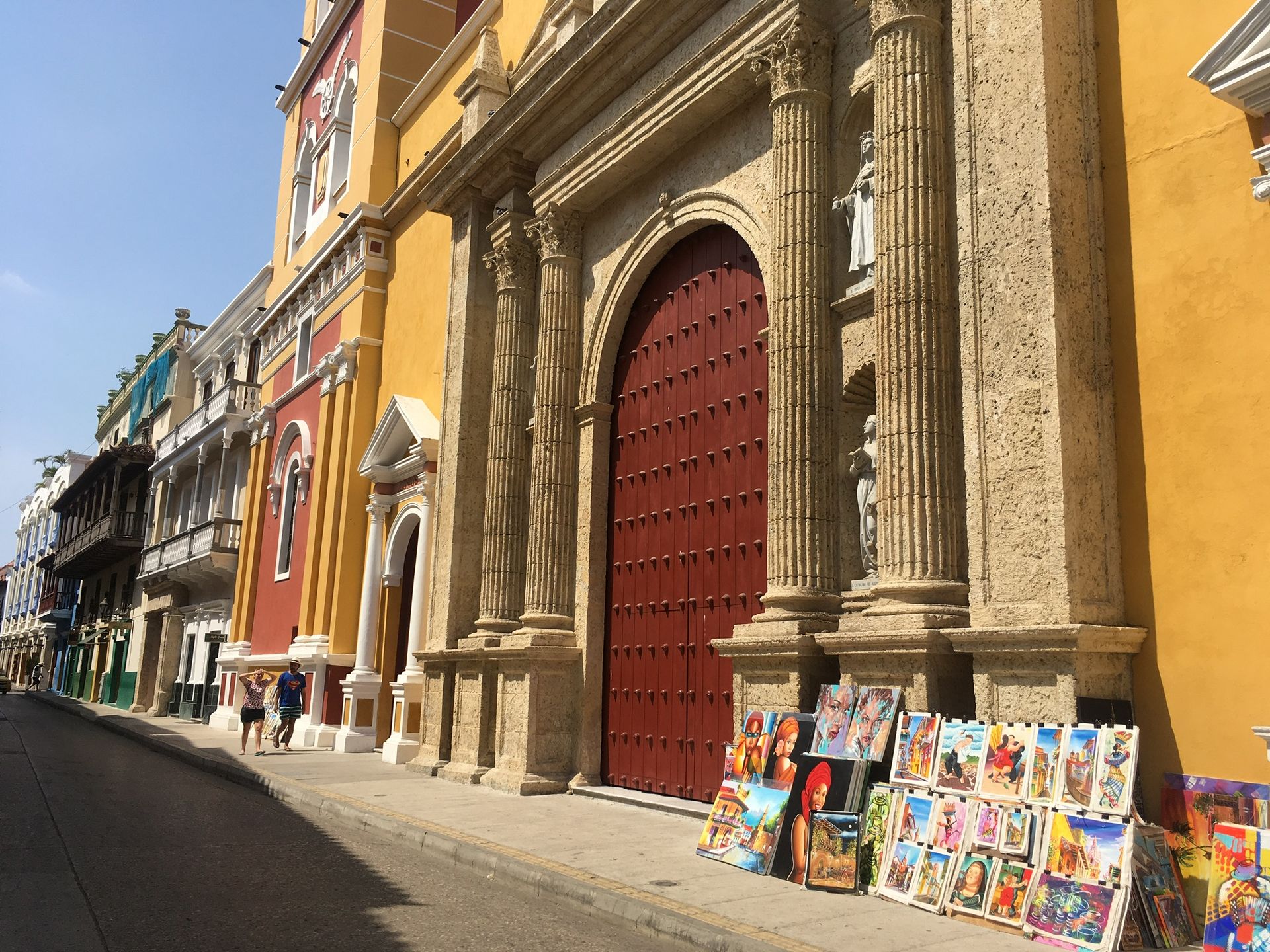
Besides the city, there are also several beaches nearby, such as the Islas del Rosario or Isla Barú. We took a day trip to Playa Blanca on Isla Barú. It's a beautiful white sandy beach with crystal-clear Caribbean water, but definitely overcrowded 🙈.
On the weekend, I went to "Isla Grande", about 1 hour by speedboat from Cartagena. It is the largest island in the "Islas del Rosario" archipelago and has a population of about 750 people living in simple wooden huts.

On the island, there are various lagoons and if you're lucky, you can see fireflies at night.
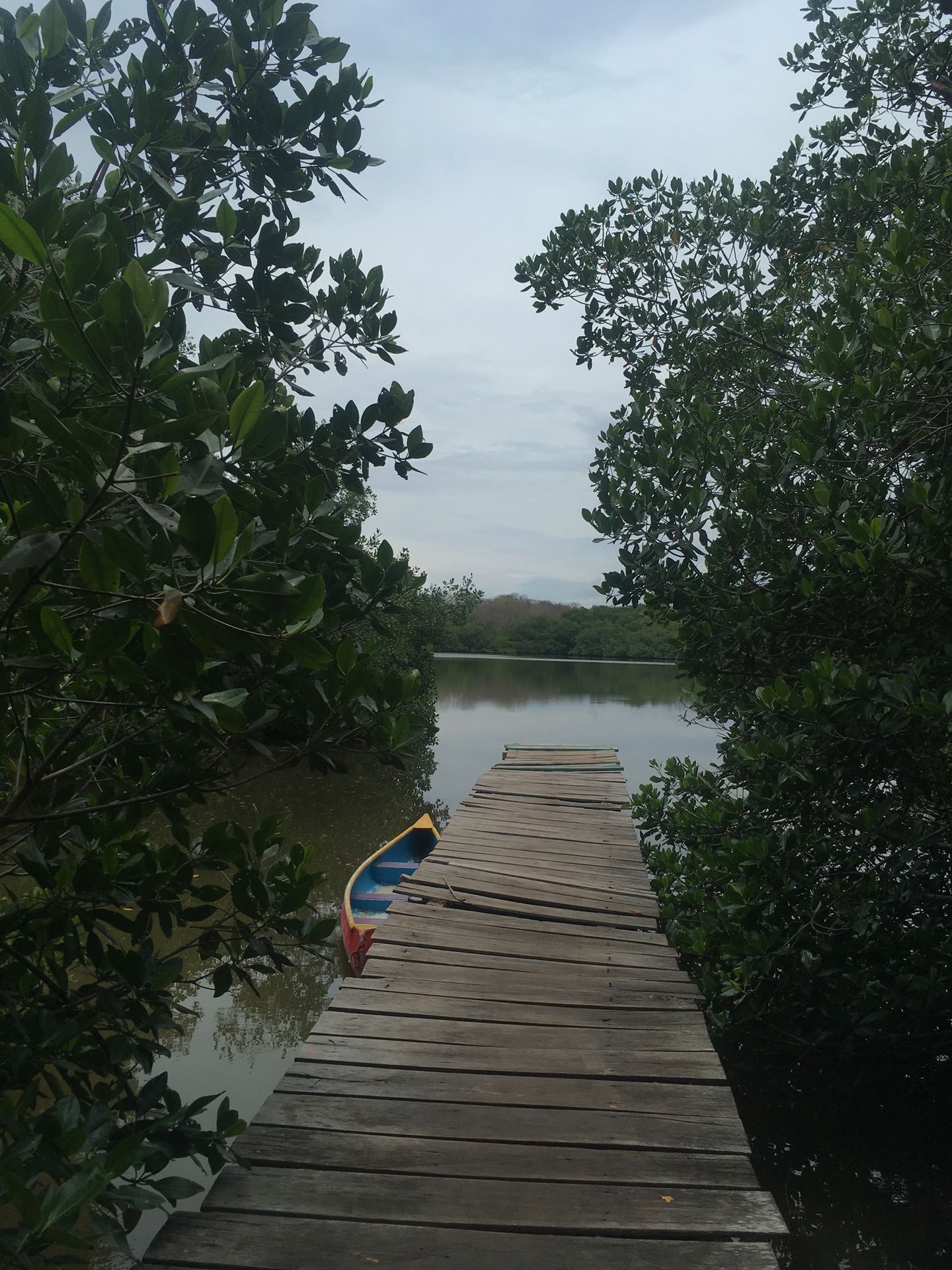
There are also several beaches on the island, all accessible by foot via trails (there are no roads or sewage systems). Although it can be a bit difficult to navigate, it's definitely worth exploring.
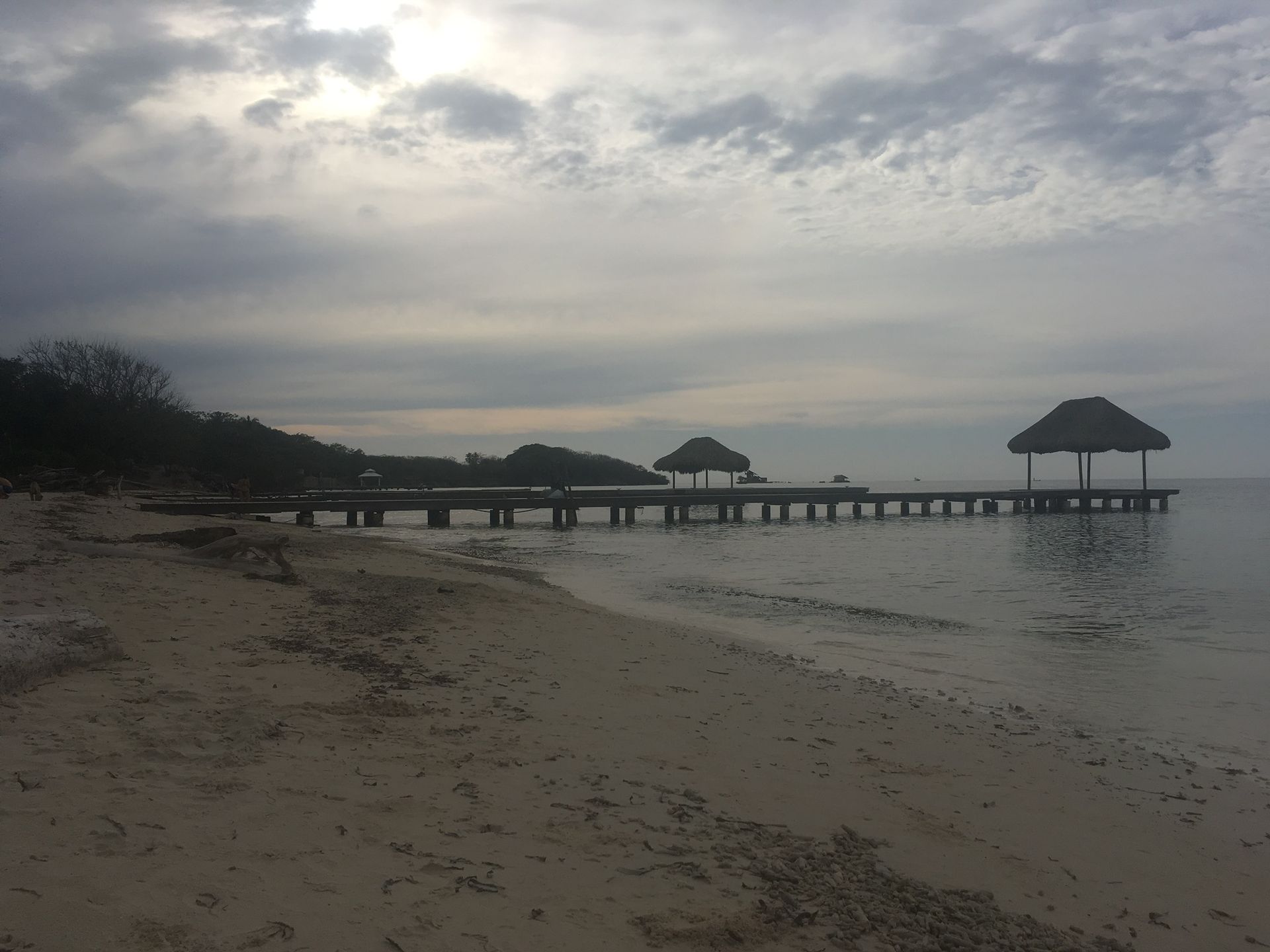
I stayed at "My Casa Nativa" and would highly recommend it - nice accommodation, cozy bar, friendly people, good pool. But it's very quiet, more for relaxing than partying :-).
After Isla Grande, I returned to the mainland and took a bus to Santa Marta the next day with two friends, a German (originally Jordanian) and a French guy. I met both of them at the hostel in Cartagena, but there was quite some tension between them and it even escalated a few times during the trip. Which I can understand because the French guy can be really difficult and I even had a proper argument with him. Long story short: it got to the point where they decided to go their separate ways and the German guy (originally called Mohammed) continued traveling with me.
After a night in Santa Marta, we went to Taganga, a small fishing village about 15 minutes by taxi/bus from Santa Marta. We spent 1-2 nights there and then went to the Tayrona National Park with two Swiss guys for one night.
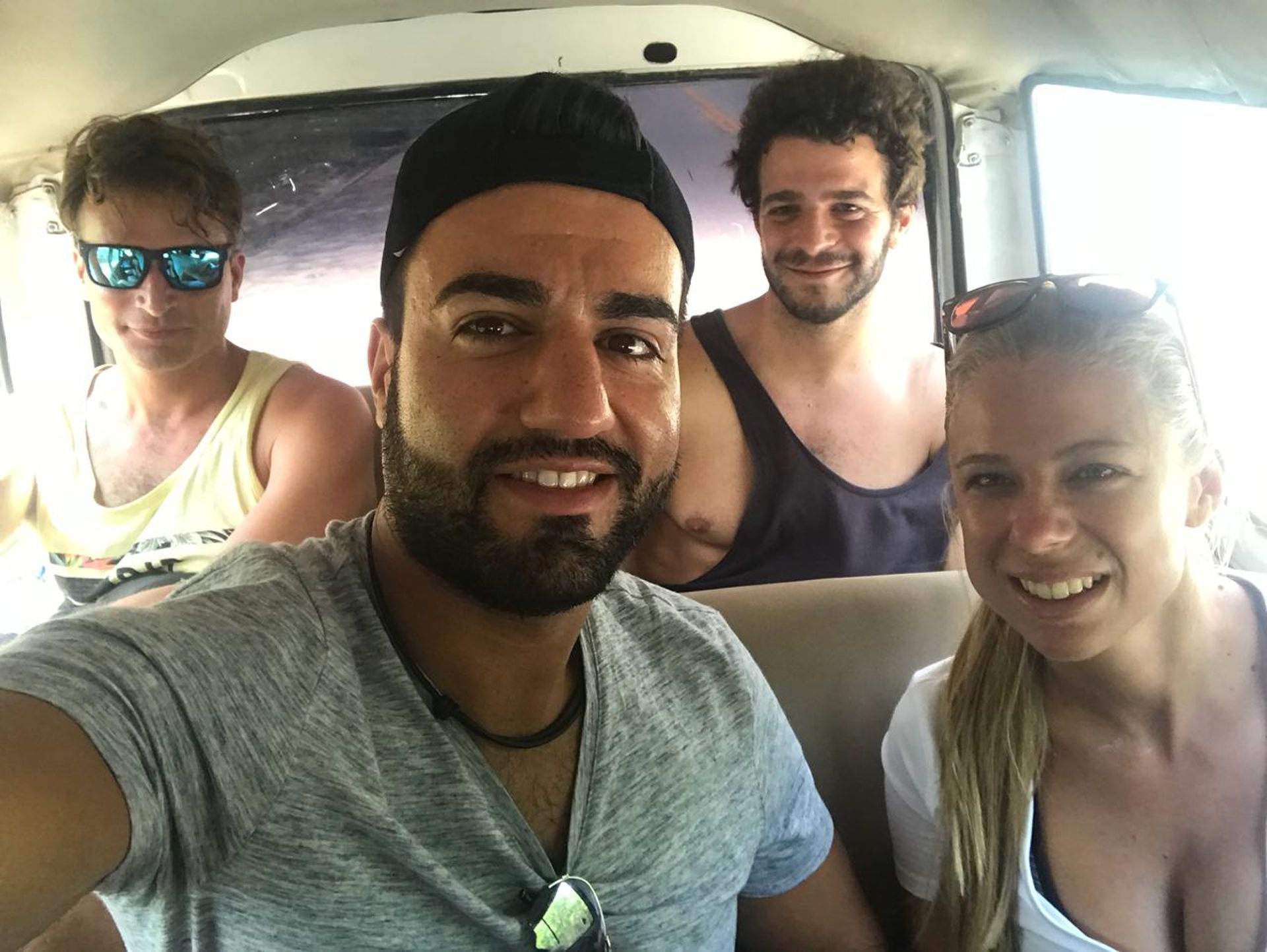
We were a cool and diverse group and it worked out perfectly.
After getting off the bus at the park entrance, we hiked for about 1.5 hours through the park to our camp. The trail was well maintained, but it would have been less exhausting if it hadn't been so hot.
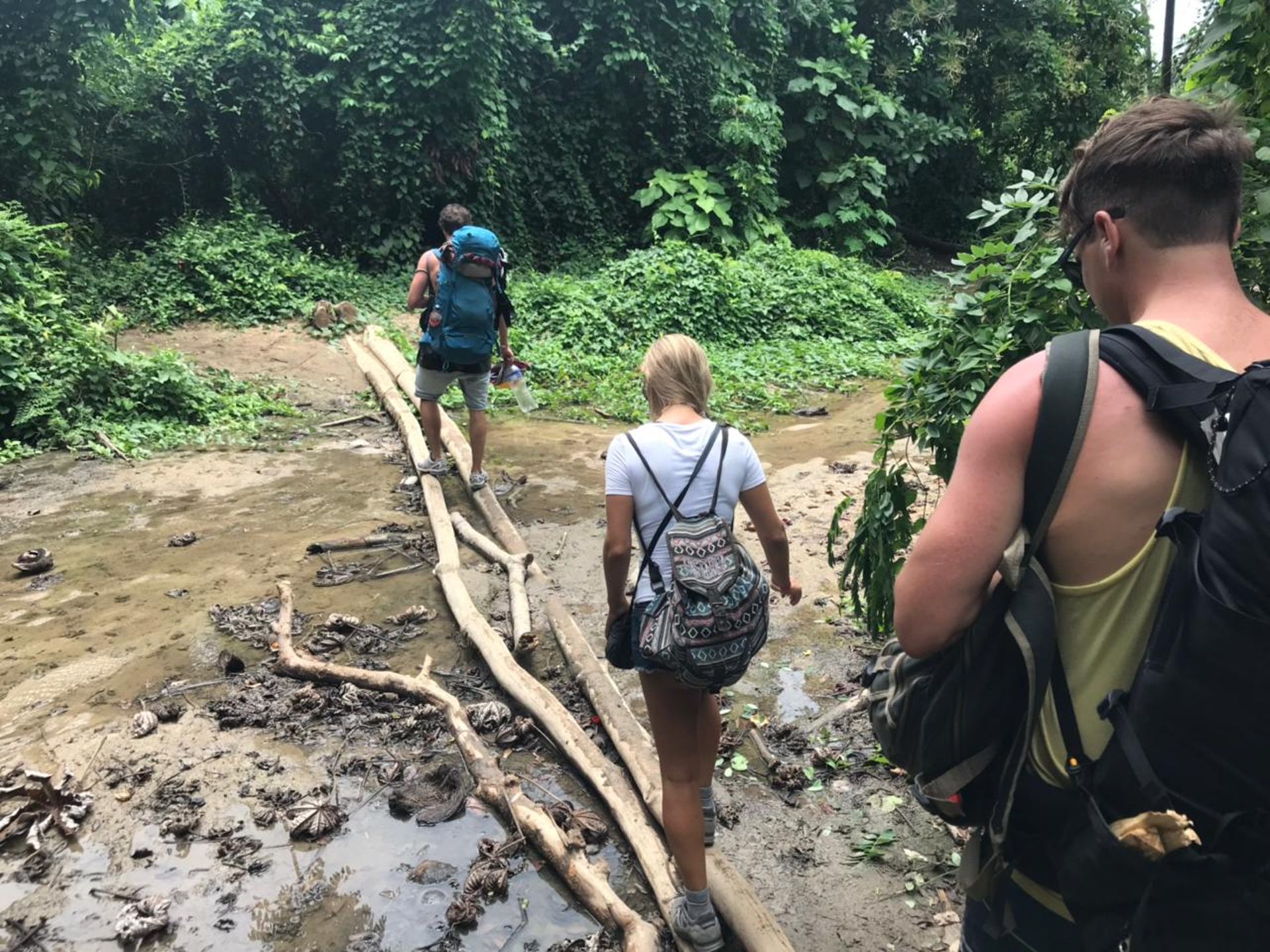
Fortunately, we met some indigenous people along the way and refreshed ourselves with a delicious coconut.
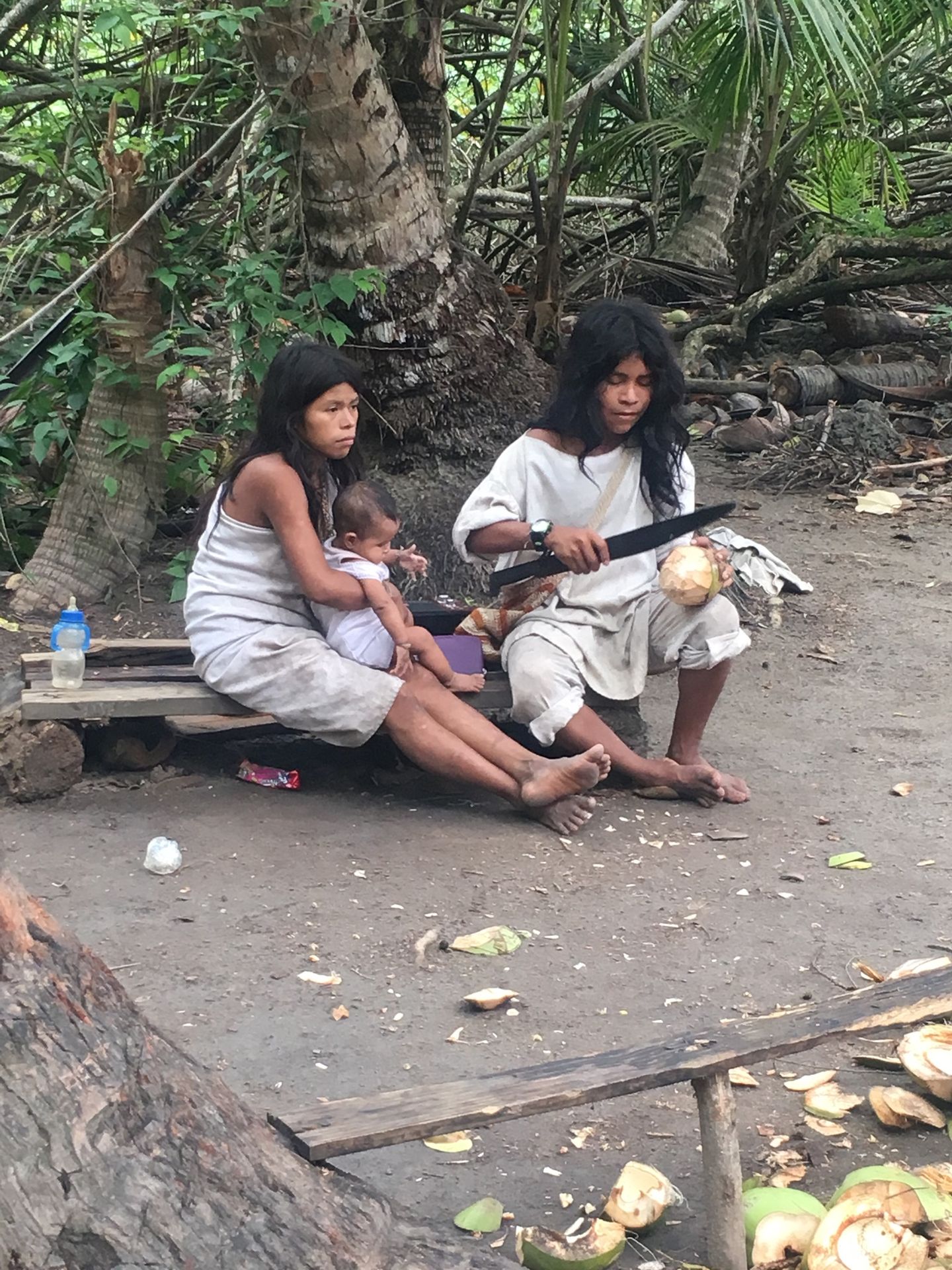
We stayed overnight in hammocks at Camp Bukaru on the beach of Arrecifes (unfortunately, swimming was not allowed due to strong currents).
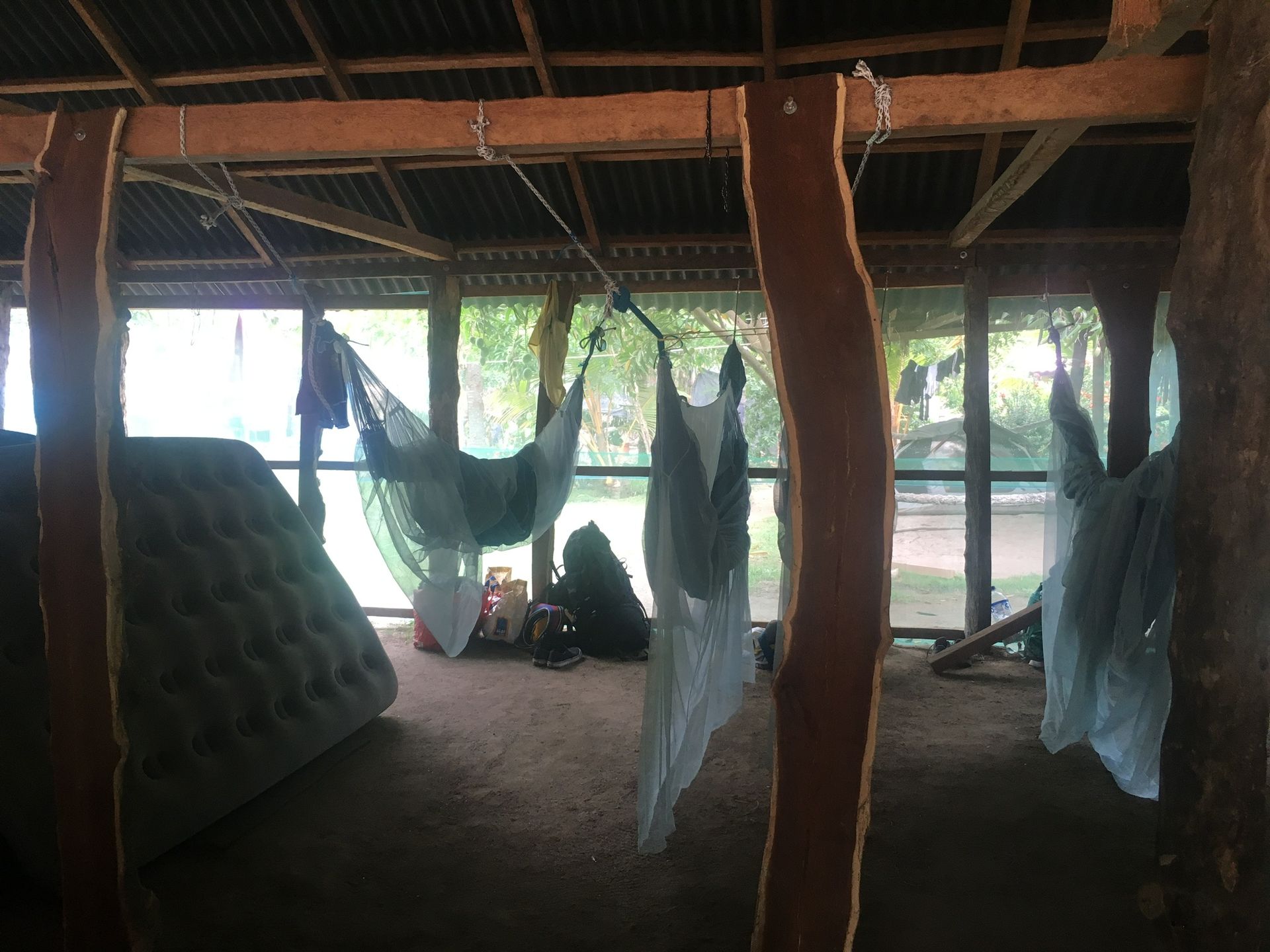
The hammocks were all equipped with mosquito nets, which was absolutely necessary because of the mosquitoes in the jungle with its tropical climate.
At night, we walked along the beach and enjoyed the atmosphere of our self-made bonfire - unfortunately, it didn't burn for long because a park ranger came and told us that bonfires were not allowed (oh man ;-). So we spent the rest of the evening under the clear starry sky until we crawled into our hammocks and were woken up by the first rays of sunshine (and the rooster next door) in the morning.
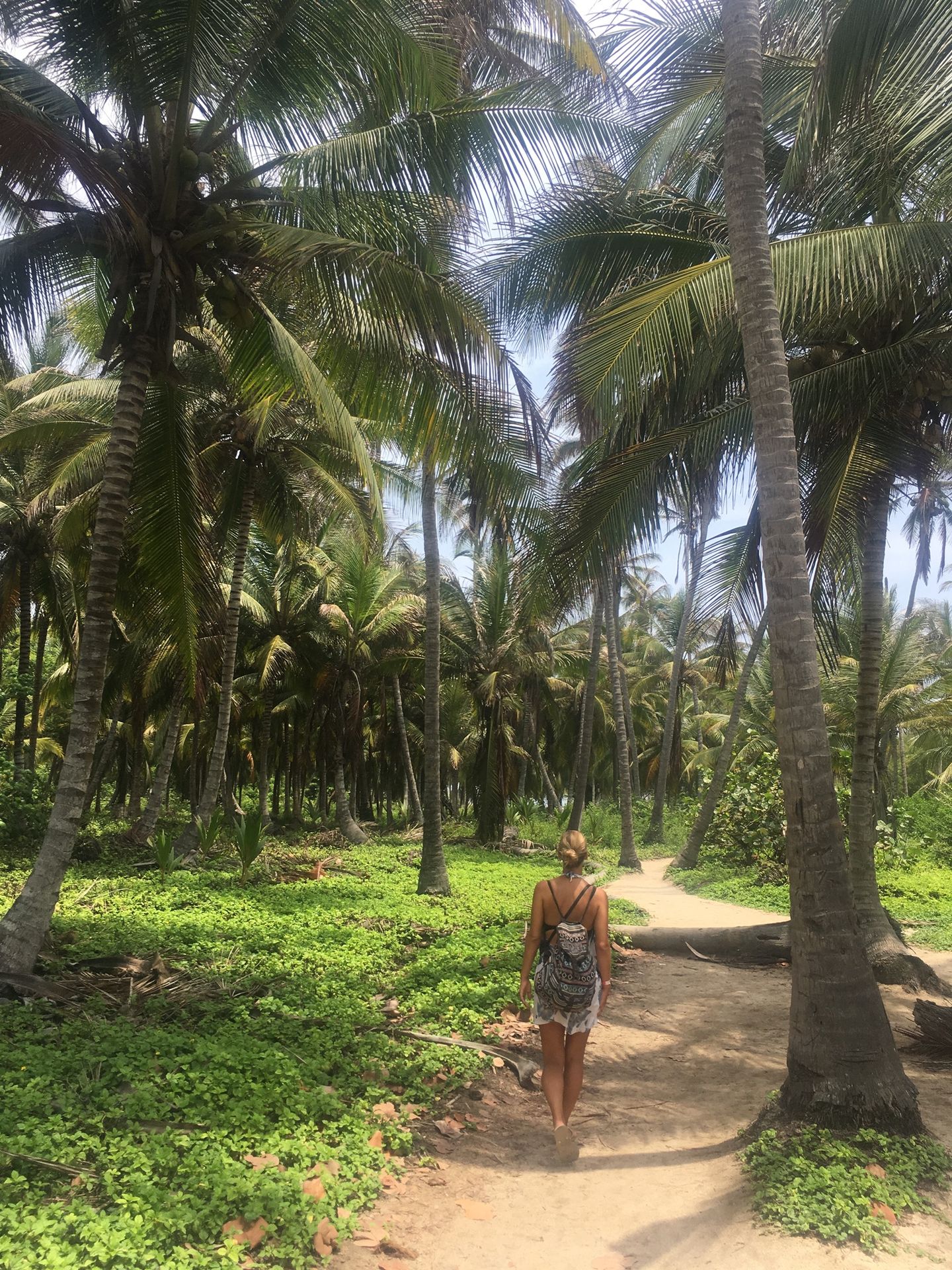
The next day, we explored the other beaches in the park: La Piscina and the main beach, Cabo San Juan.
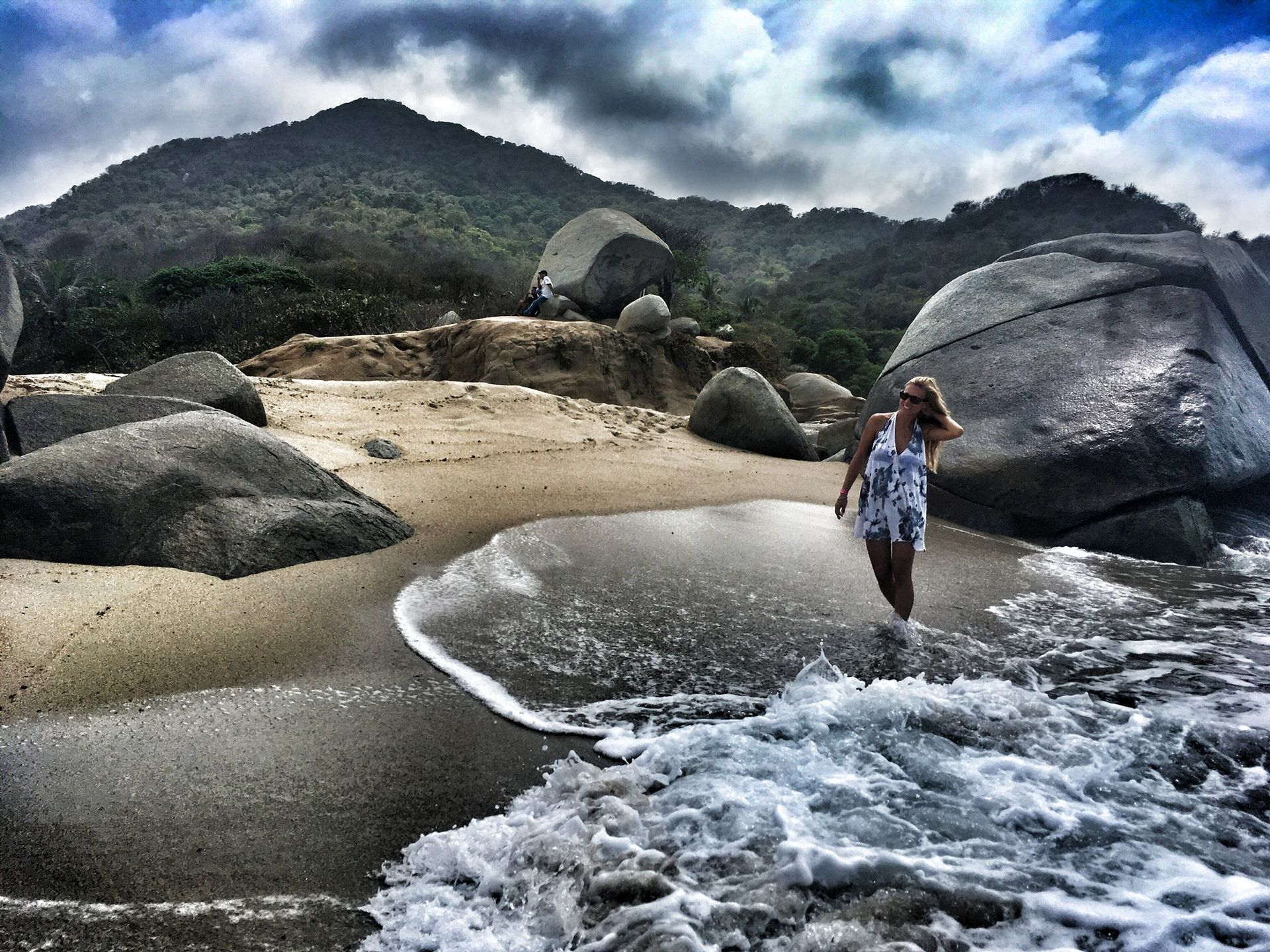
From there, we took a boat back to Taganga in the evening. We were crammed into a relatively small boat with about 20 people, and the ride was quite bumpy due to the large waves - but it was definitely an experience and an alternative to the bus ride.
In Taganga, Mo and I stayed for a few more nights and we really liked it - we met great people, went out, went to the beach, and enjoyed good food... but slowly but surely, after more than 4 months of traveling, I started to feel a bit tired. I didn't want to organize things every day, figure out where to stay, what to see, etc. Some might find this a bit incomprehensible (luxury problem), but I think anyone who has been traveling for a while knows that feeling.
Anyway, I had been thinking about staying in one place for a while and through a random pizza stand seller I ended up getting a job at a restaurant in Taganga, run by an Argentine. I rented an apartment for two weeks and settled down a bit.
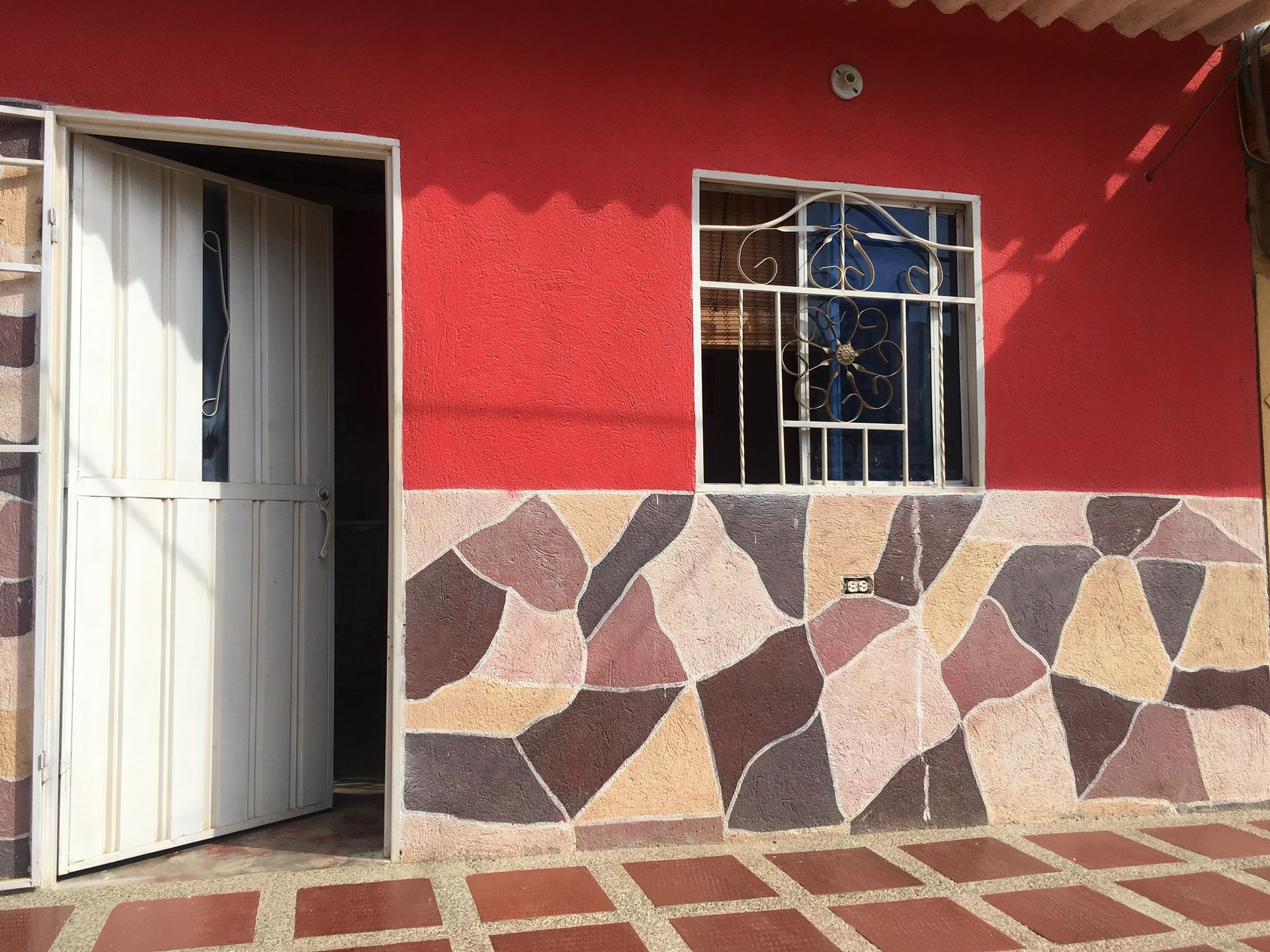
It started off well, I enjoyed working in the restaurant every evening, bringing in many guests (especially tourists, since I speak English) and Franco, my boss, was happy with me and wanted me to work every day. My shift was always from 4:30 pm to 12:30 am and since Taganga is a small village, I only had a 5-minute walk home. So after my third or fourth shift in the restaurant at night, I left and unfortunately got lost on the streets, and then it happened: a guy (around 20-25 years old) ran towards me with a knife, grabbed my bag, and ran away. It all happened so fast that I didn't even realize it at first. I ran to the nearest hostel, informed the night watchman, and he called the police. But the police took their time and in that time, I also woke up the family that rented me the apartment. They were extremely kind and the father even went with me to the police station. Luckily, I only had a little cash in my bag, but unfortunately, I also lost my phone. The police didn't care much and I quickly realized that I couldn't rely on their support. The father then took me on his motorcycle and we drove through the neighborhood called the "Ghetto," which they refer to as "Hollywood." But of course, the guy was already long gone.
I didn't want to stay in my apartment because I also lost the key in my bag. Fortunately, the family offered for me to stay in one of their guest rooms, so at least I got a few hours of sleep.
The next day, I had to take care of some things: I went to the police station in Santa Marta to file a theft report, bought a new iPhone (which was not so easy, considering the limited availability), and got a new bag, etc. I also stopped working in the restaurant because the police often came by and asked for work authorization (which I did not have) and I really didn't want any more problems. In any case, I couldn't stay at home because I was afraid and every guy I saw, I felt like it was the thief. When I went out in the evening (for dinner, for example), the father of the family always picked me up on his motorcycle. Despite this unpleasant situation, I also experienced something positive: I met a very kind, helpful, and empathetic family who took care of me. As a gesture of gratitude (and to pass the time), I taught English to their children and also to a woman who lived there as a tenant. Their daughter was my biggest joy, such a sweet child, always running towards me with a smile and hugging me :-)

But I knew I had to leave the place to forget everything. So I moved on to Palomino, a beautiful and quiet village by the sea where two rivers merge.
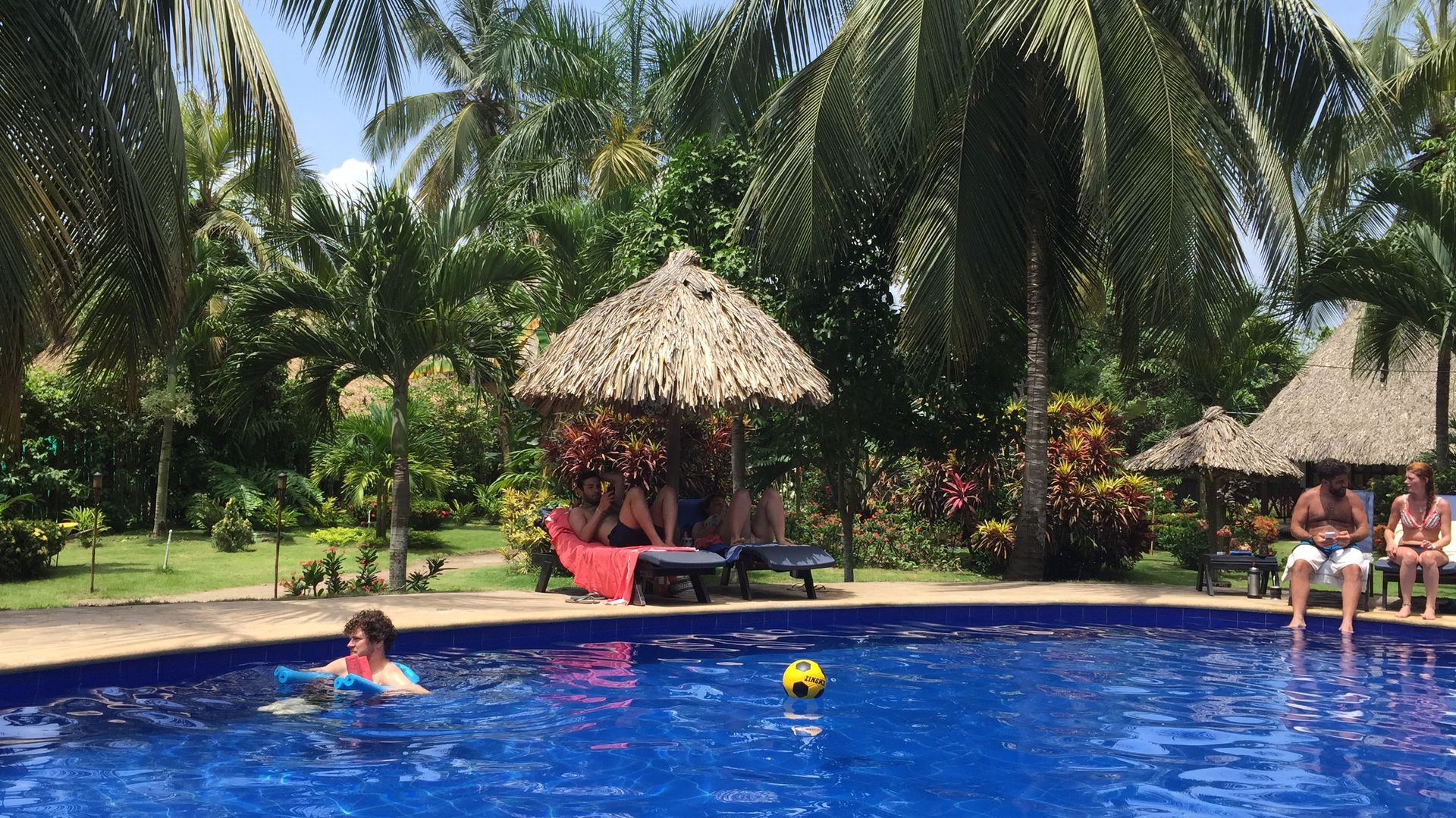
I stayed there for a week at the Dreamers Hostel, which reminded me more of a hotel with various bungalows, a pool, and located directly on the beach. It was the perfect place to relax - great people, easy to make contacts, although there wasn't much going on in the village itself. We played games every evening (Cambio!), drank, talked, and had a great time - exactly what I needed.
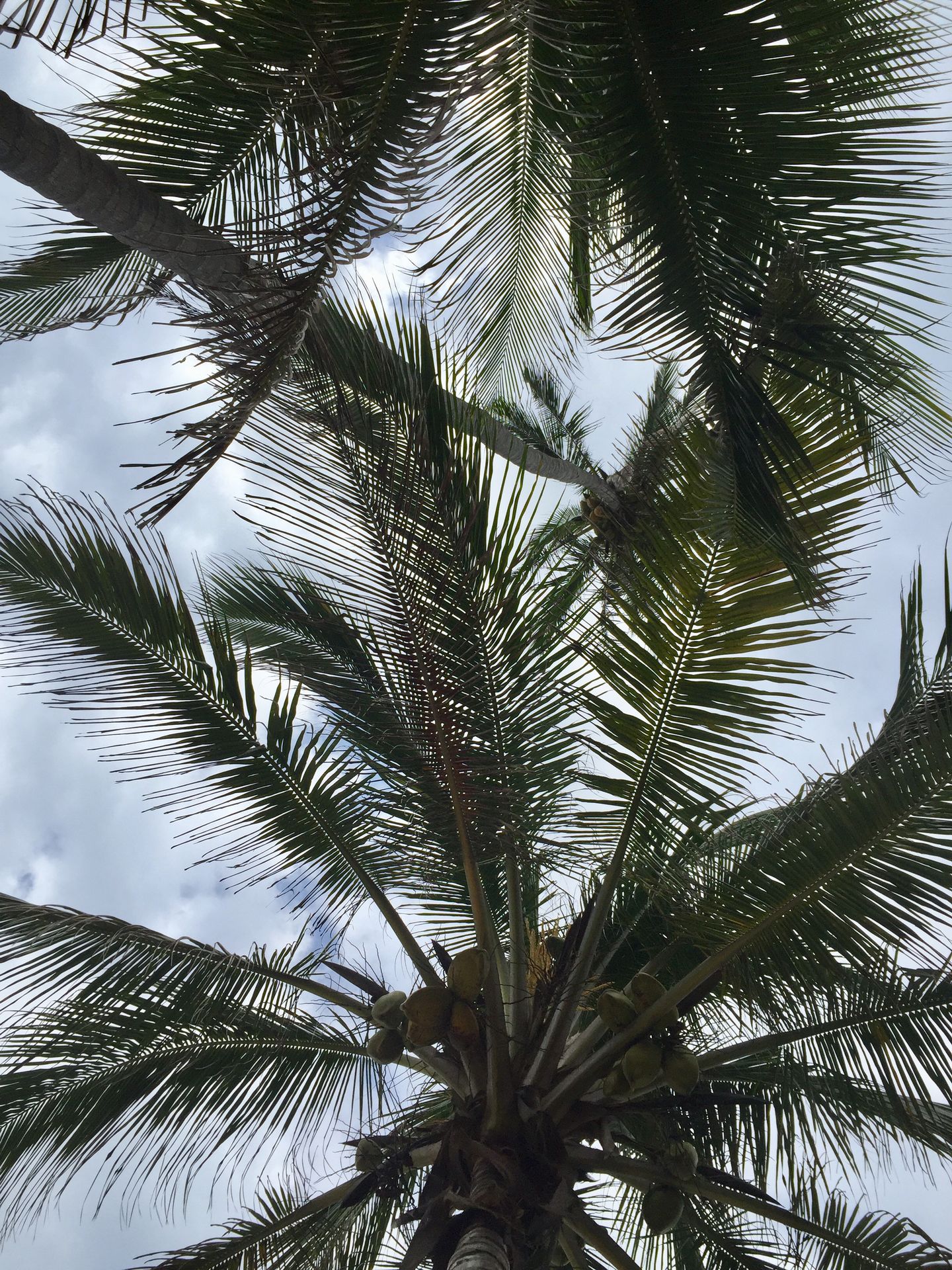
The beach is beautiful, with white sand, and you can walk for kilometers from where one river flows into the sea to the other. The sea is quite rough with strong currents, so it's not ideal for swimming - although that didn't stop many people from taking a dip anyway :-)
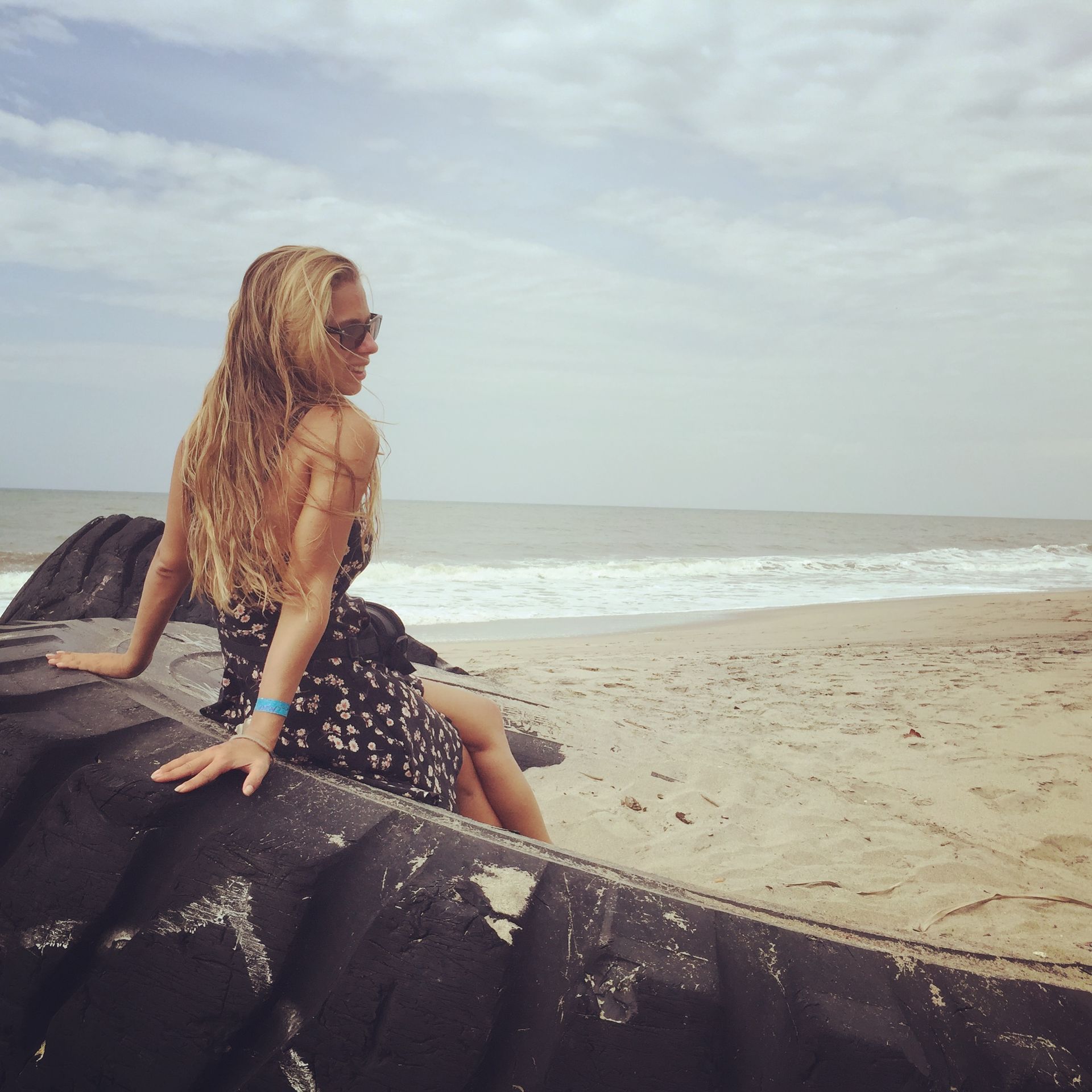
The village itself is very charming with various hostels, bars, and restaurants, all with a somewhat alternative style.
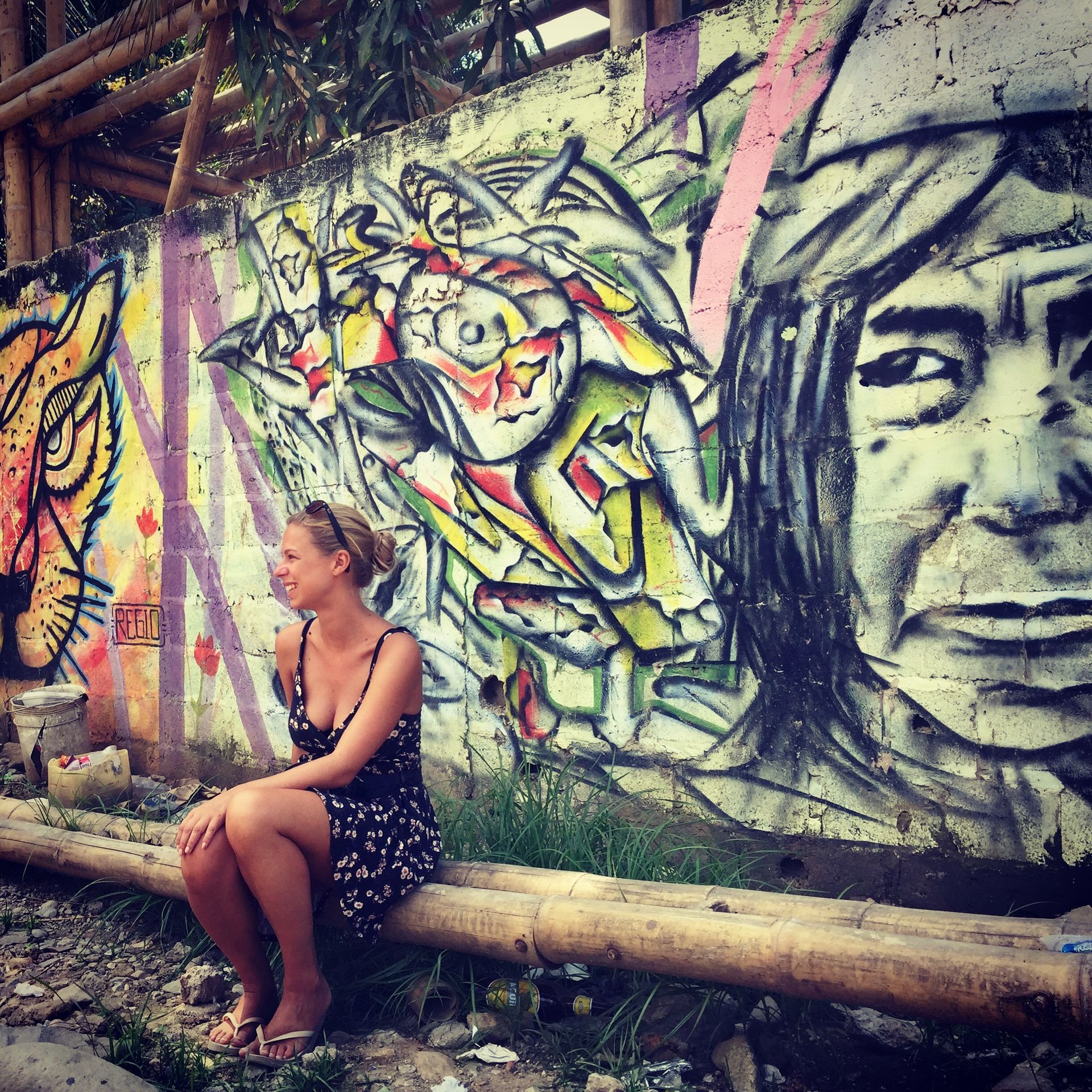
We also went tubing, sliding down the river on inflatable tubes and ending up in the sea. It wasn't action-packed or like river rafting, but it was a relaxing experience. The most dangerous part was probably the motorcycle ride up the hill ;-)
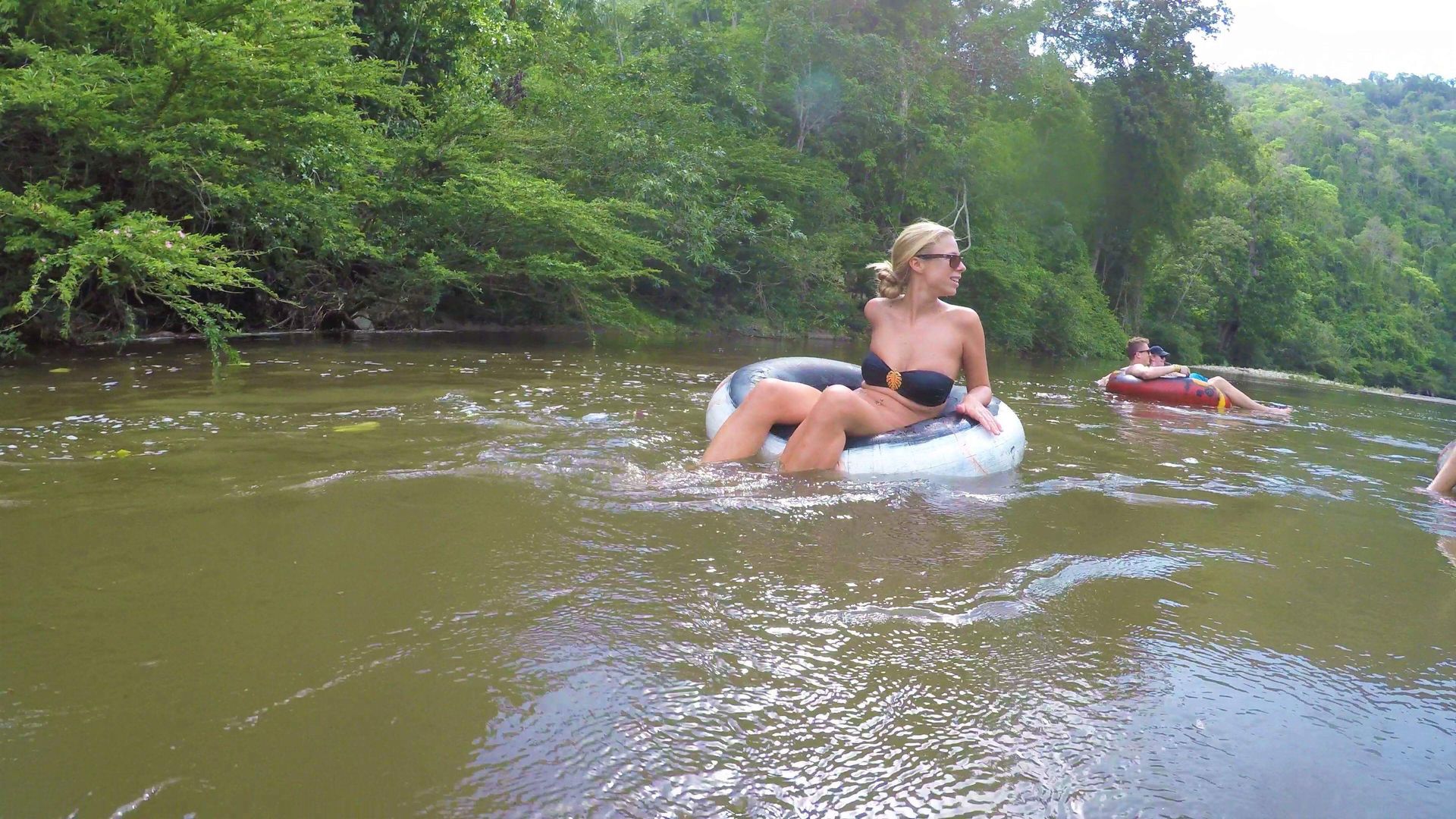
We were a group of about 10 people and had a lot of fun. It reminded me of home with the river, the mountains, and nature.
Overall, we had a great week in Palomino, I was able to completely relax and recharge.
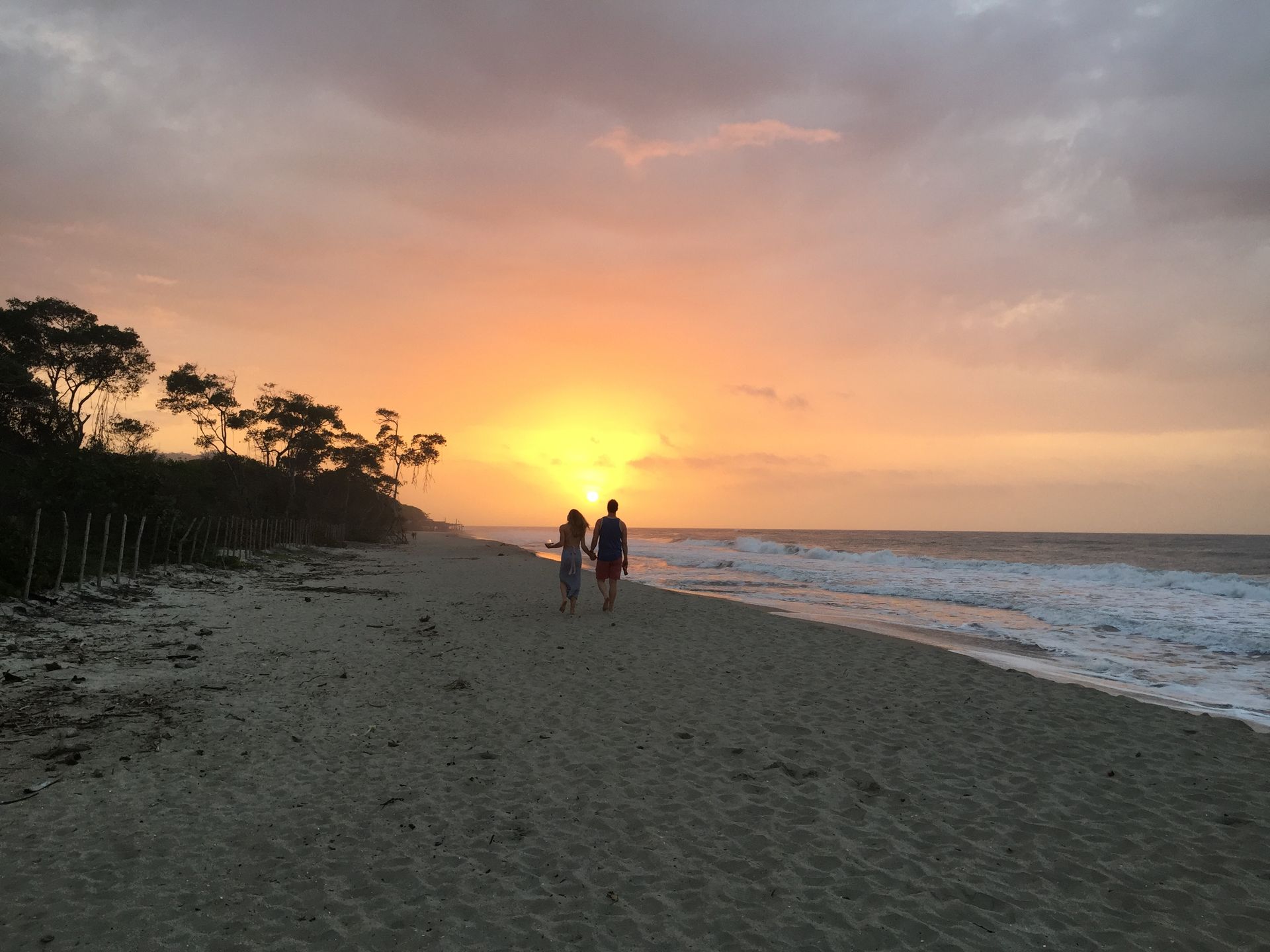
The next day, I booked the "Lost City Trek" with two people from the hostel, Lara from Germany and Yannick from Switzerland. It's a 4-5 day hike in the "Sierra Nevada de Santa Marta," a huge mountain range with the two highest peaks in Colombia, "Pico Cristóbal Colón" and "Pico Simón Bolívar," each reaching 5,775 meters and covered in snow (hence the name "nevada"). However, we didn't actually climb to the top, as it is forbidden for tourists or non-indigenous people. The area is inhabited by indigenous communities, divided into 3 different tribes. The government bought their land and placed it under protection, and they have their own laws and rules.
But first things first: we packed our backpacks with the essentials and were picked up by a guide who took us to the park entrance. There, we met the rest of the group and set off. In total, we were 8 people and had 2 guides (one of them was a translator), which was a good number.
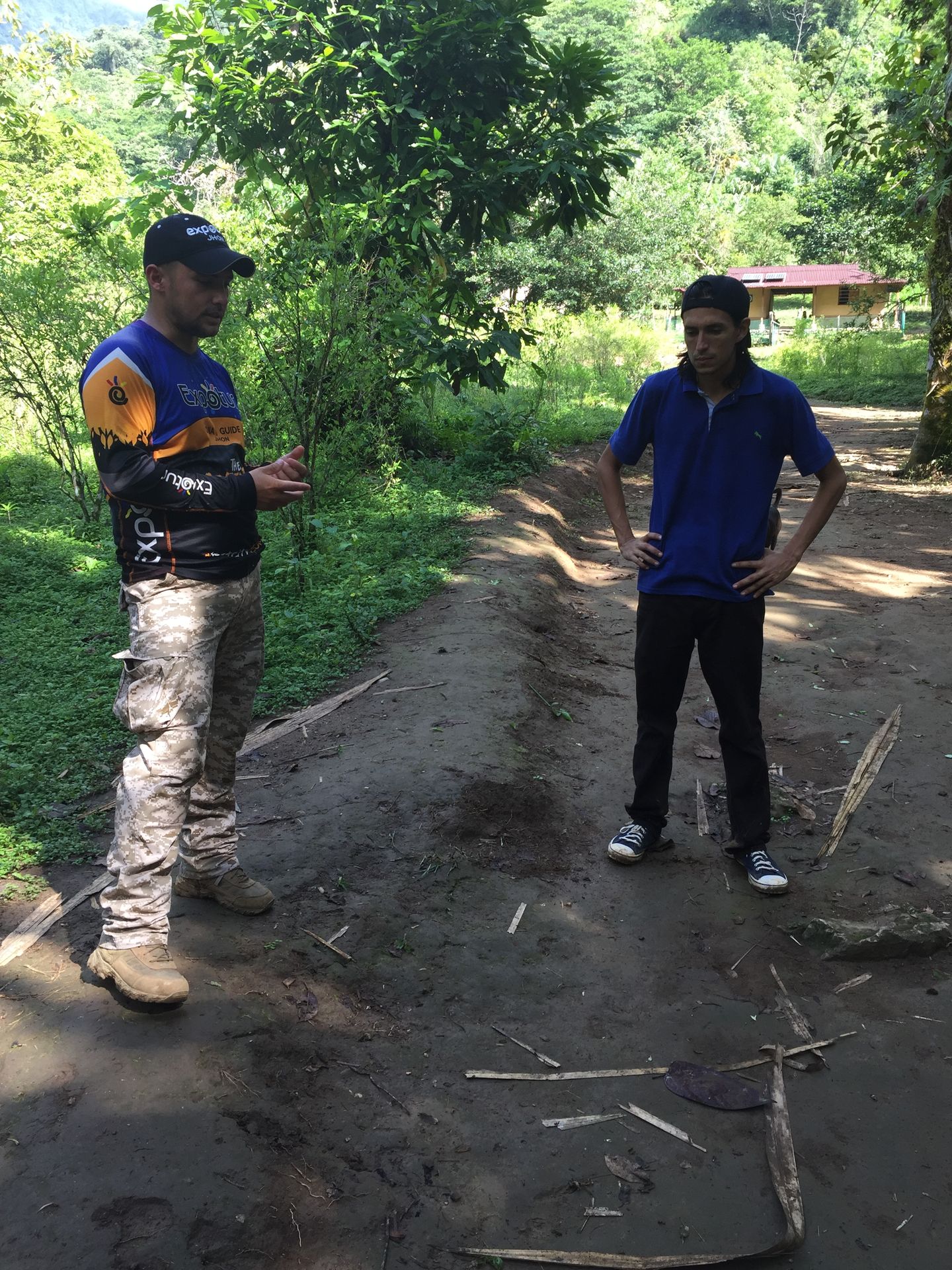
After a generous lunch and a short briefing about the next few days, we started the hike to the first camp. There were some ups and downs, but it was doable with the right equipment. After 6.8 km and about 4 hours of hiking, we reached our first camp. We even got to sleep in real beds, although during peak season, some people have to sleep in hammocks. Although I found that quite comfortable in Tayrona ;-)
We were sweaty and exhausted, but we were able to cool off in the "piscina natural" - although we had to jump from a height of about 4 meters to get there.
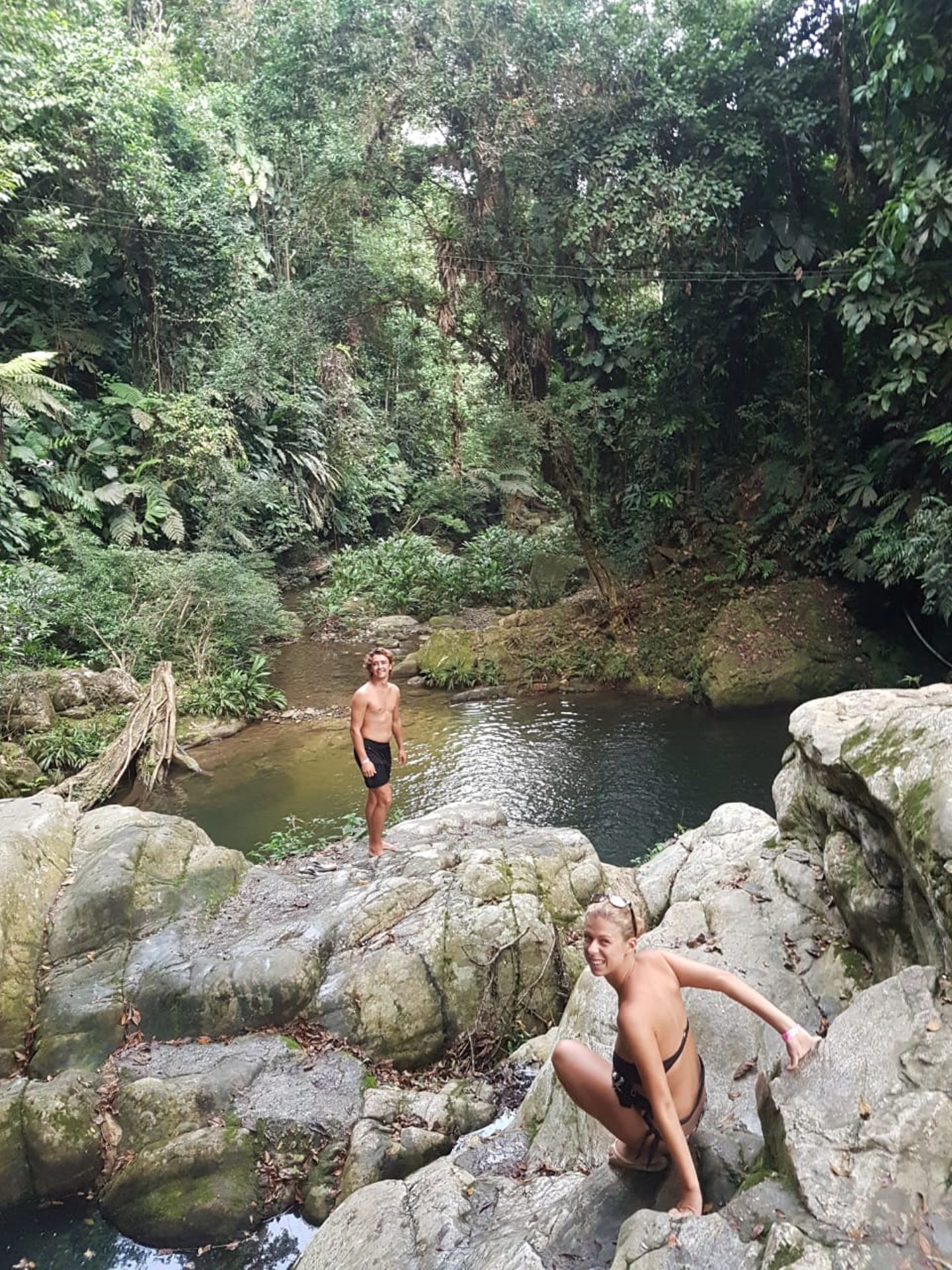
In the evening, many of us went to bed early after dinner, tired from the first day. The "alarm clock" or rather our guide woke us up at 5 am for breakfast, and then we started the next leg of the hike at 6 am.
The second day was the most challenging, as we hiked almost 15 km, mostly uphill. But we had plenty of breaks with fresh fruit and other snacks.
On the way, we visited a village of the "Koguis," one of the indigenous tribes. There, the guides told us a lot about their culture, such as the fact that men and women have separate houses and only go back to their families to sleep.
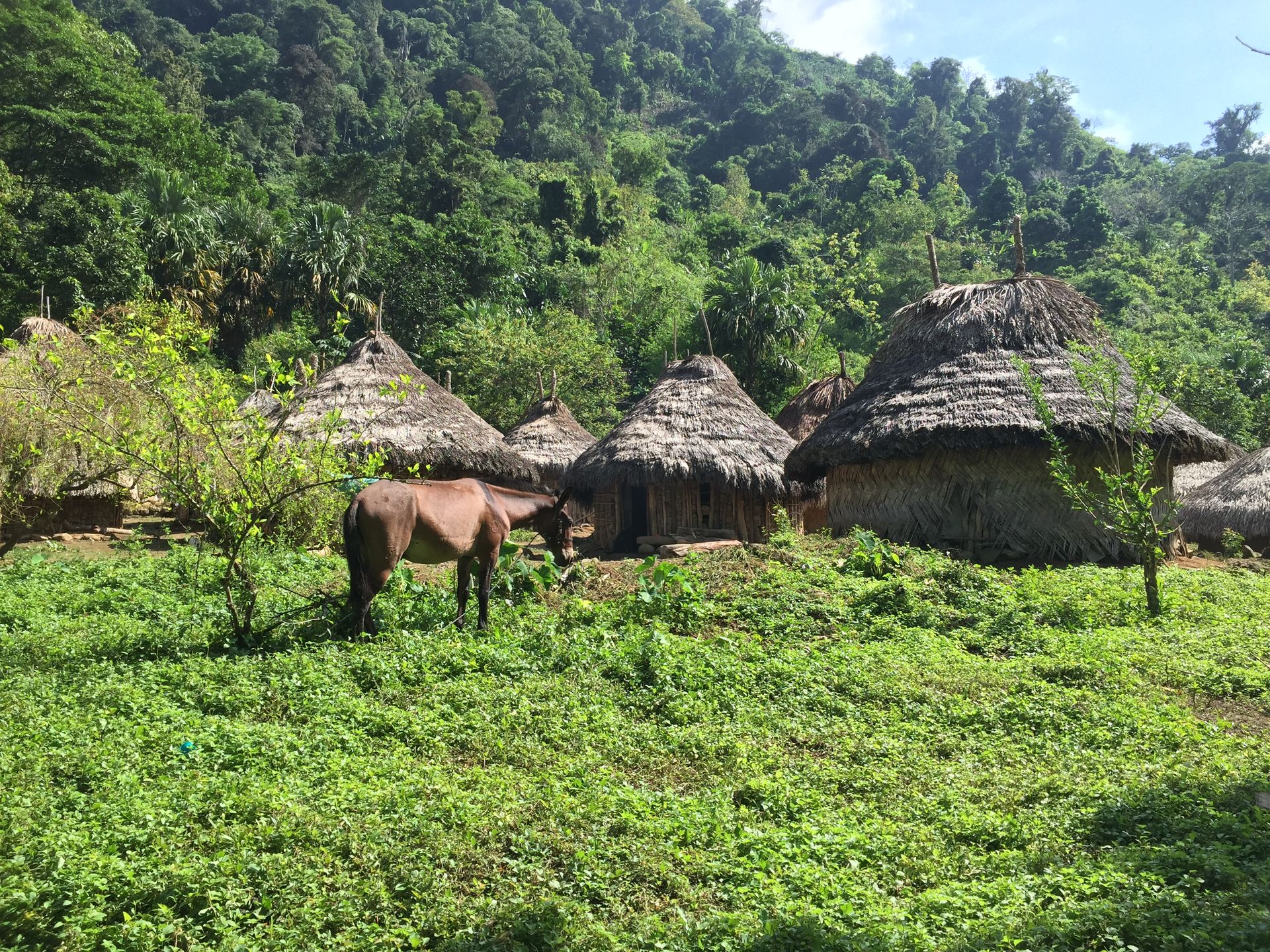
Women (or rather girls) get married as soon as they have their first period. The partner is chosen by the "Mammu," the village elder and leader of the tribe. The goal is to have as many children as possible, with most women having up to 15 children in their lifetime (better them than me 🙈).
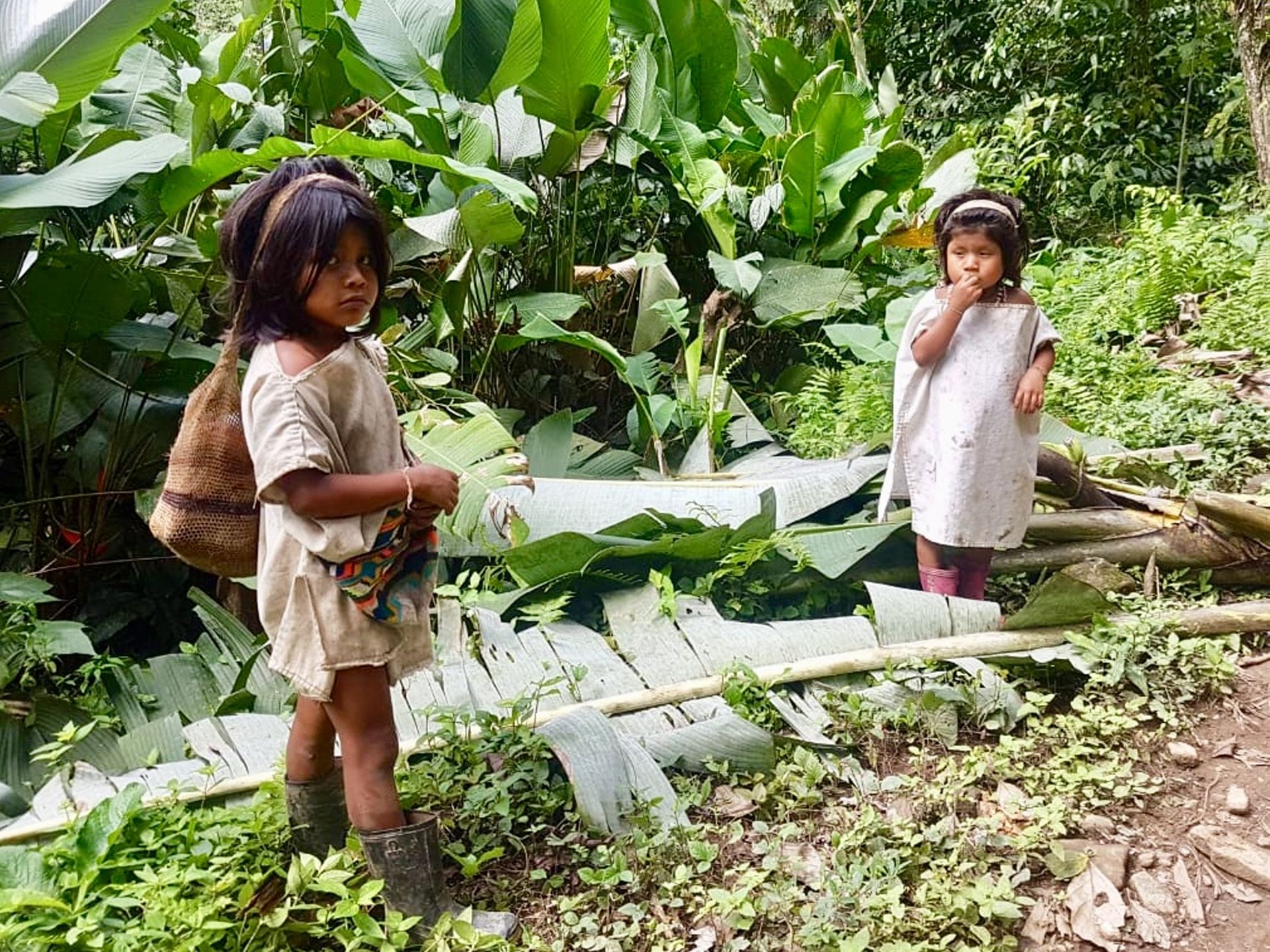
Most children who live further down (not in the middle of the mountains) also go to school. A few even go to study in Santa Marta, and they speak the best Spanish or even a bit of English. Otherwise, they speak their own language, depending on the tribe.
It's relatively difficult to tell boys and girls apart, as they all have long hair (which signifies wisdom), wear white clothes (because of the snow), and rubber boots or go barefoot (because of the contact with the earth). The only difference is that boys carry a shoulder bag and girls do not. But I still managed to make a few mistakes ;-)
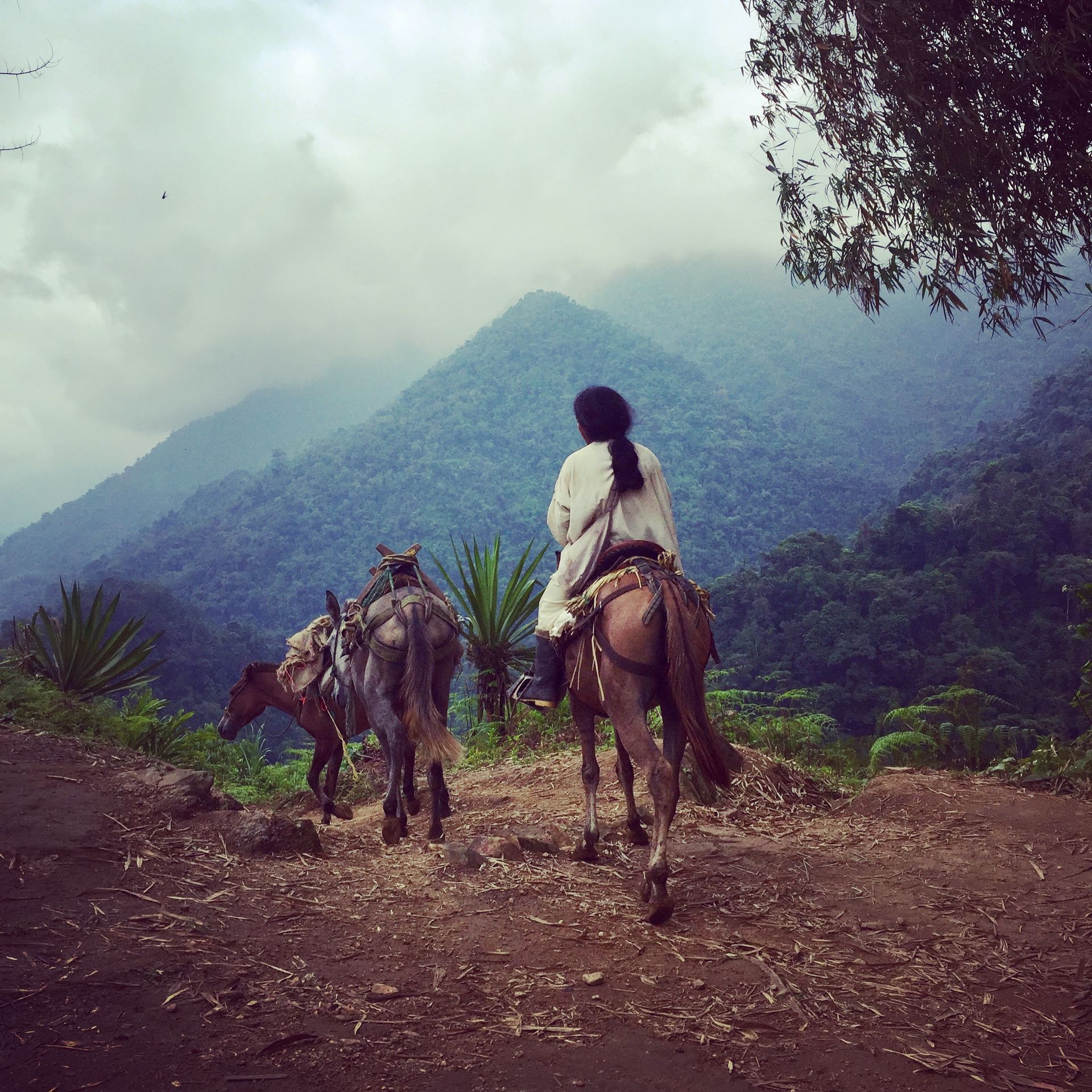
The most common means of transportation are mules or horses. Further down, it's also possible to use motorcycles.
After visiting the Kogui village, we continued our hike and had to cross another river.
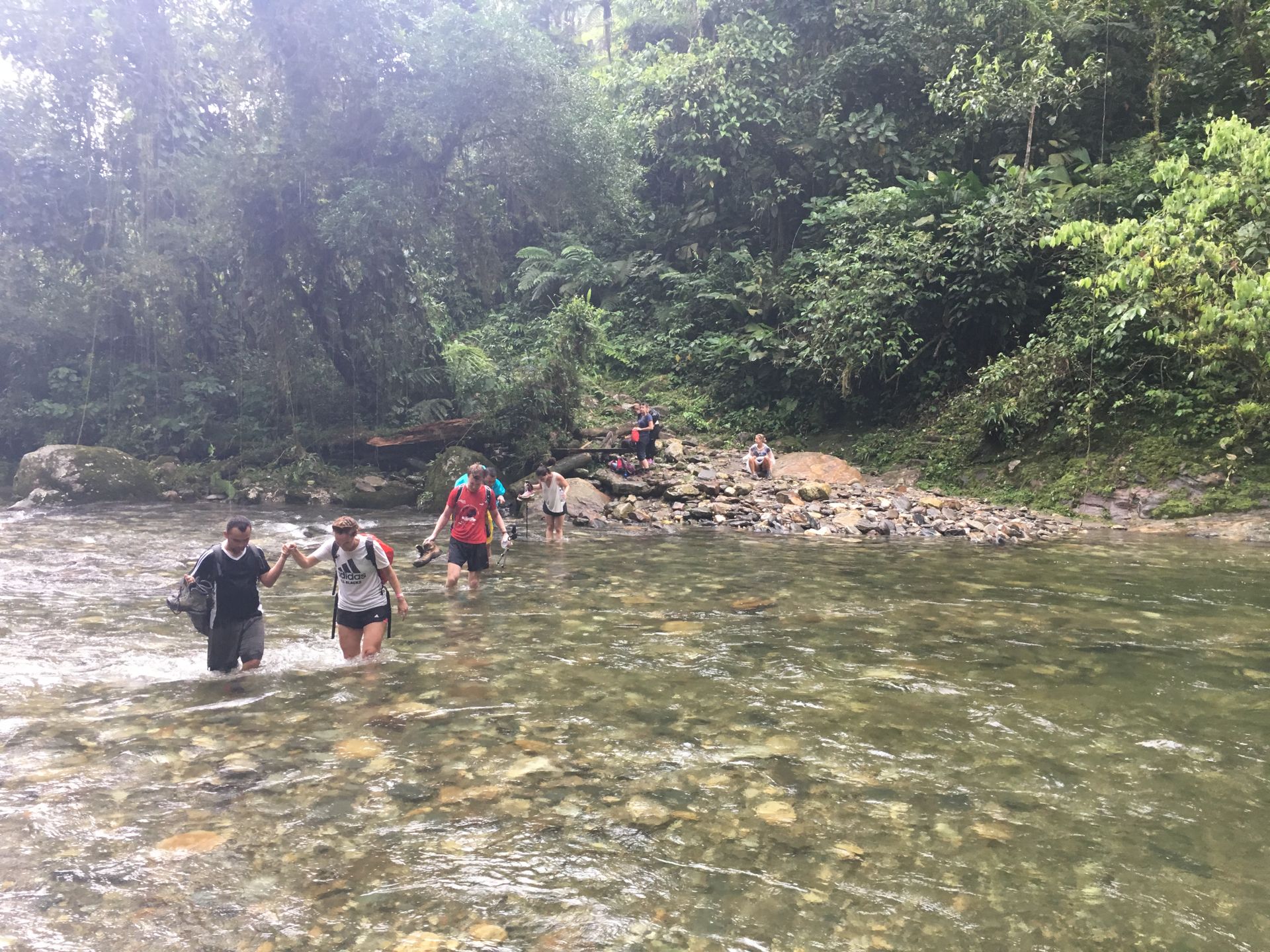
Afterwards, we had to climb about 1,200 steps to finally reach our destination, the "Ciudad Perdida" (Lost City).
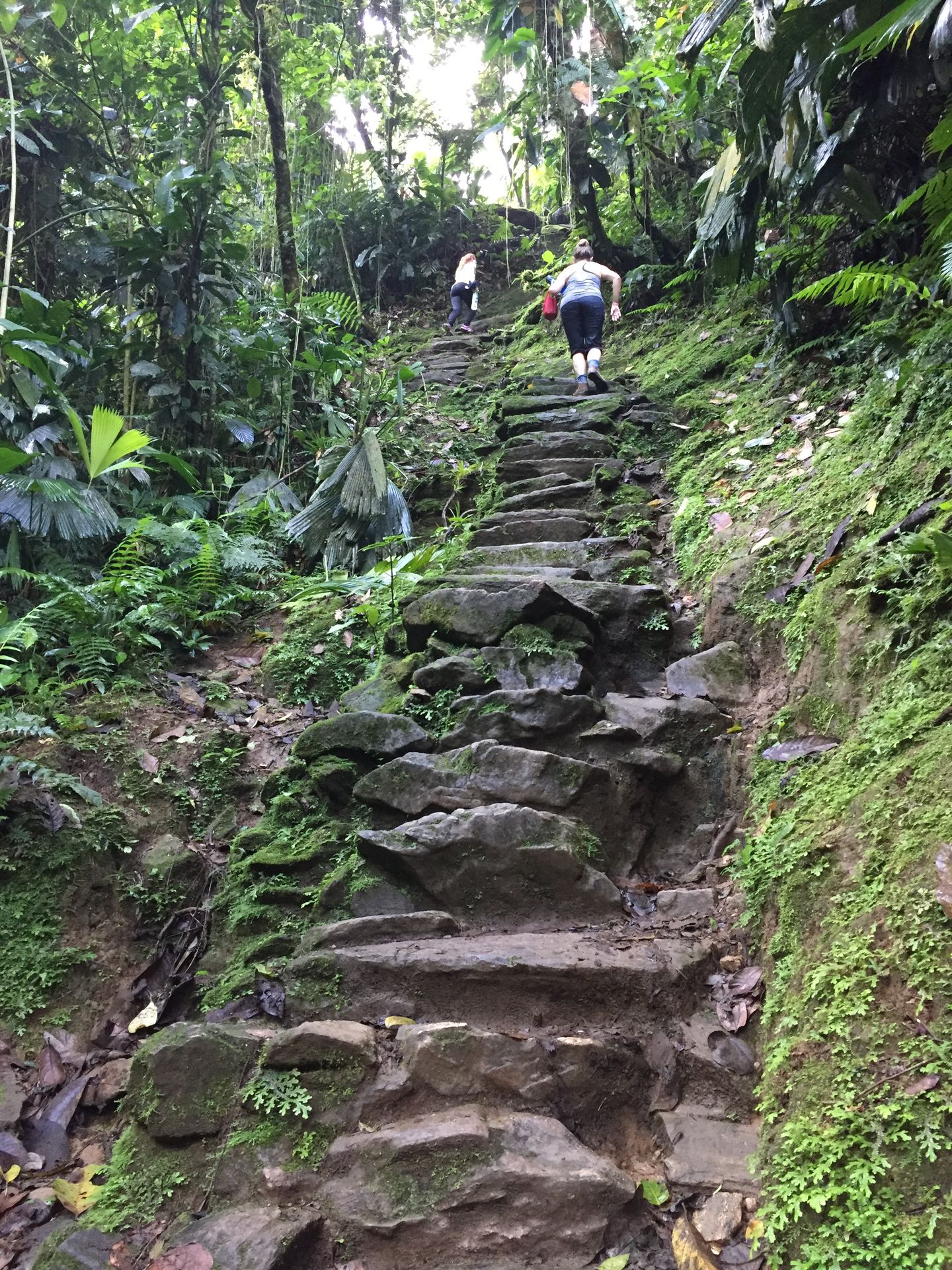
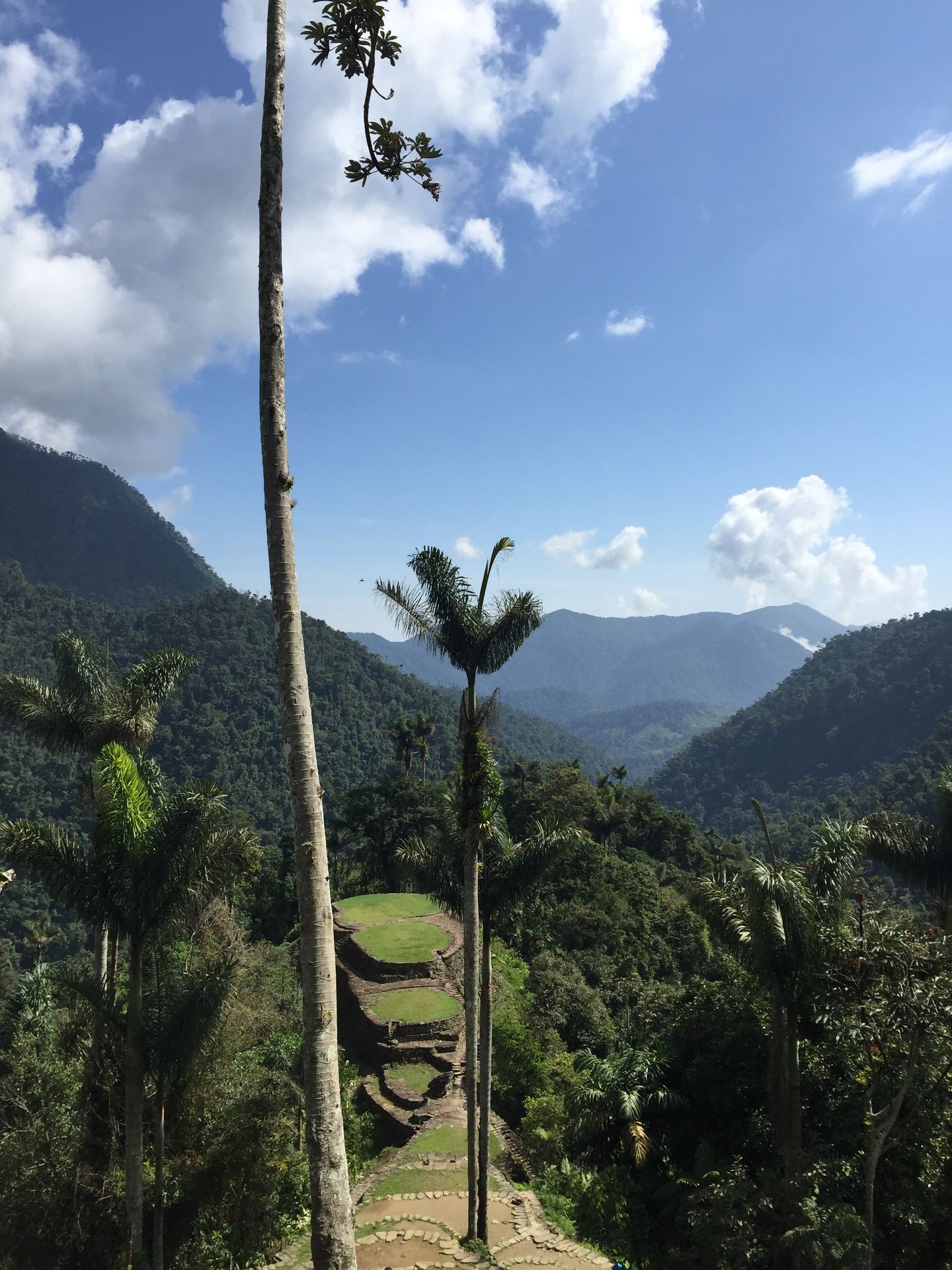
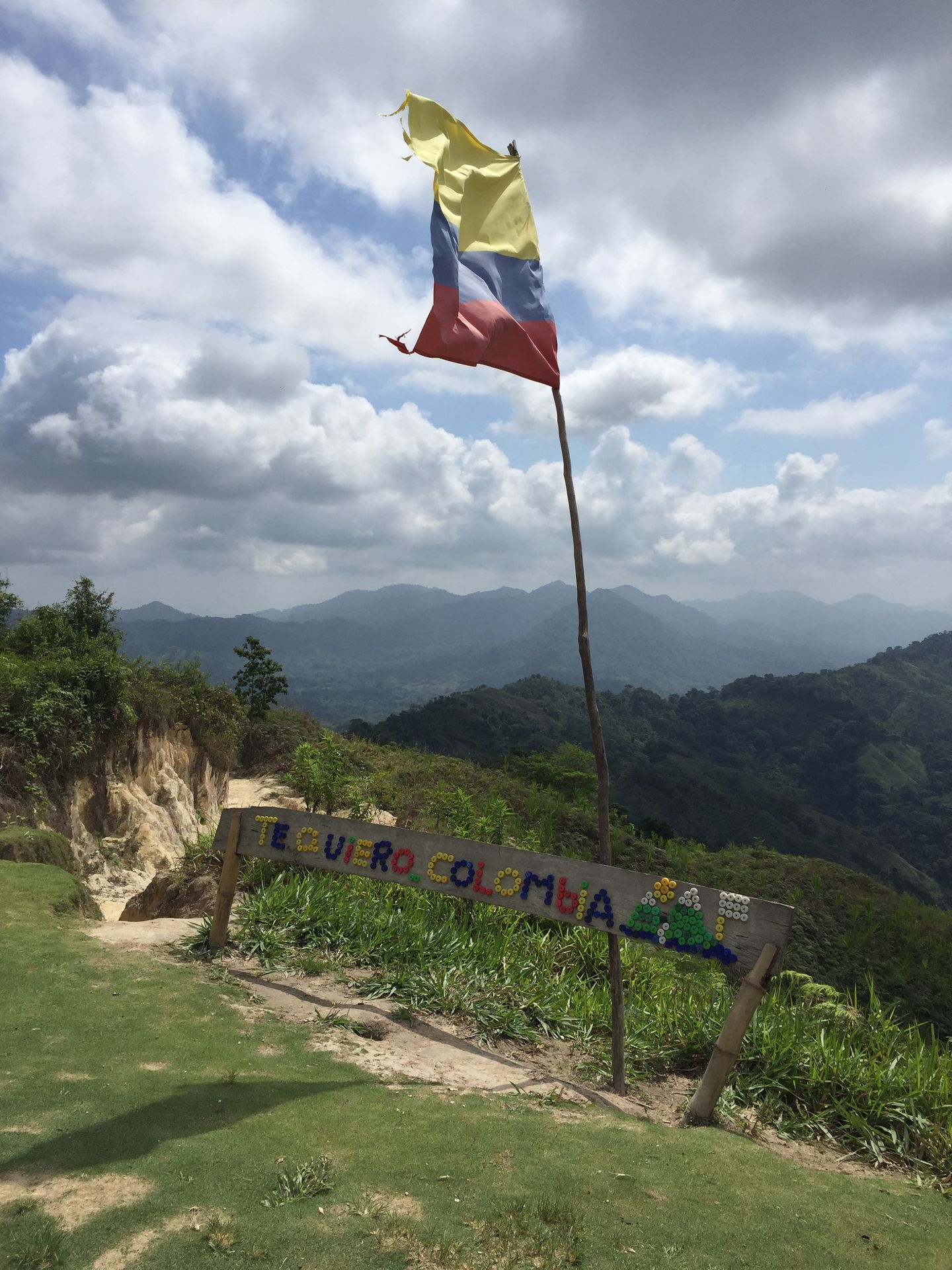

The children are very curious and interested (unfortunately, sometimes begging for sweets, always asking for "dulces") and the exchange is exciting. In the photo, they are playing with my phone - although most of them don't have anything so "modern," they know exactly where to find reggaeton music ;-)

Back in the village, we picked up our luggage and took a bus to Santa Marta. From there, I went back to Cho (like Chorizo), an Asian American guy I met at the mall when I had to buy a new phone (long story). Luckily, he let me stay at his apartment in Santa Marta and also stored my suitcase while I was on the trek.
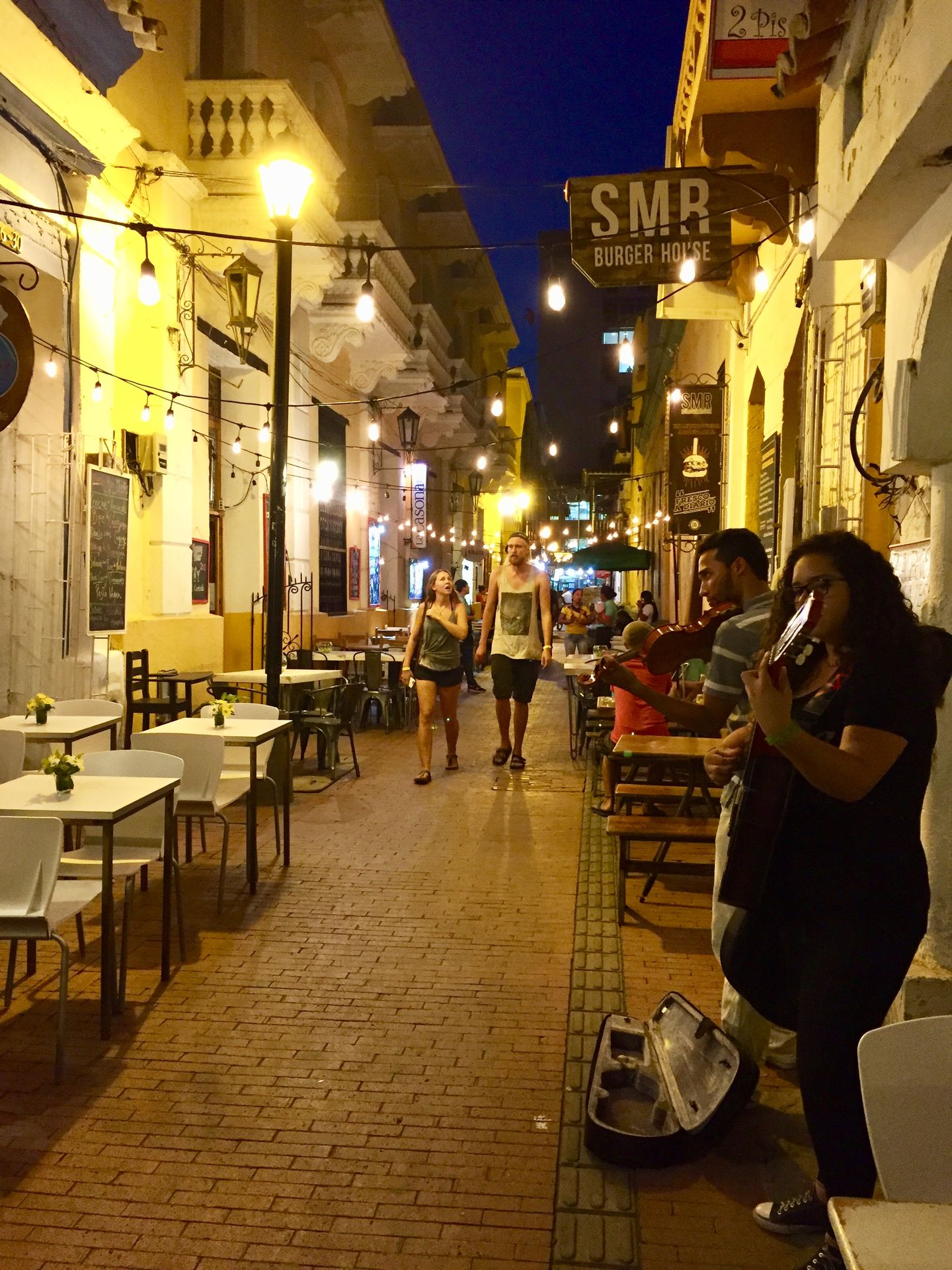

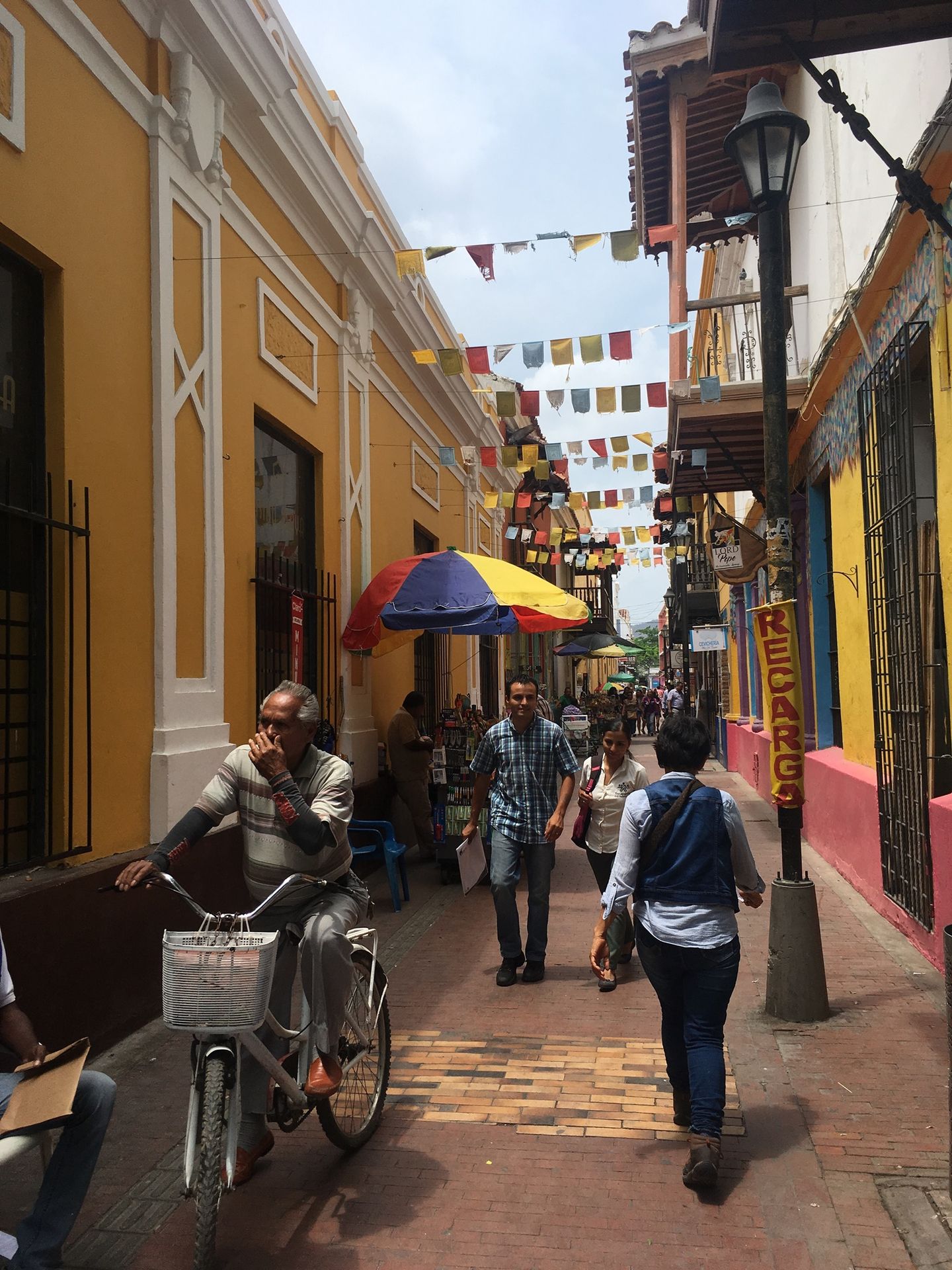

Ngalanggan Newsletter
Waleran (1)
Angela
Mega spannend Tschöxx! Du erlebsch sooo vel!😃 Hoffe dim Bei gahts bald weder guet, wünsch die vel Spass in Medelin!😘 pass uf dich uf💋